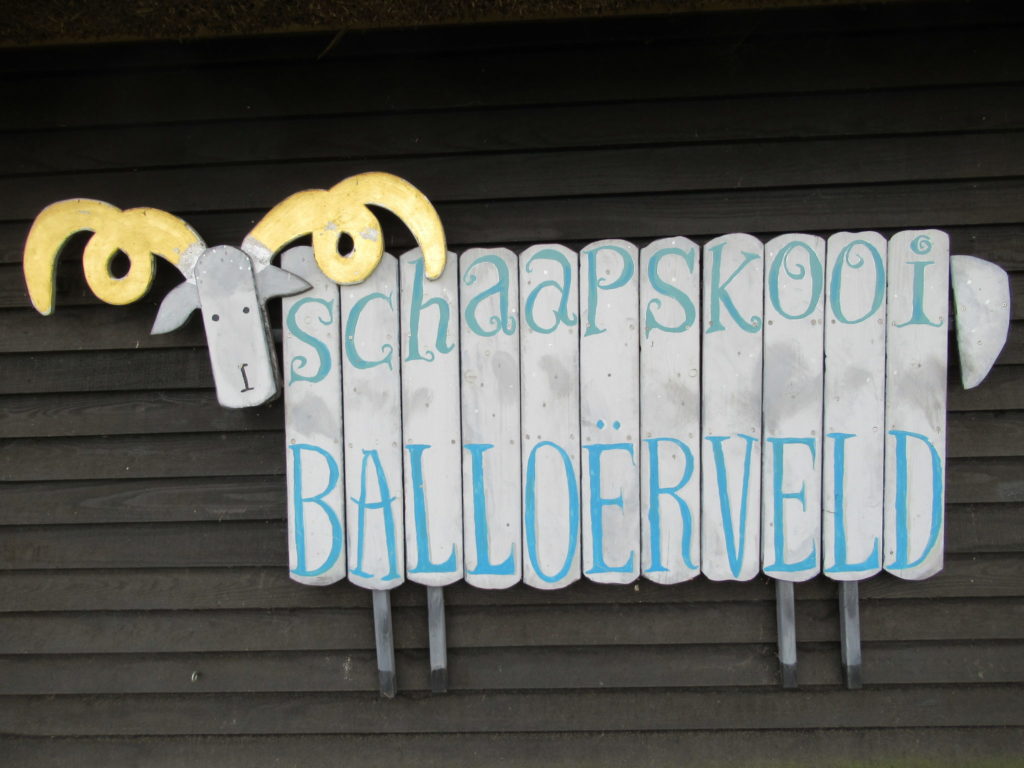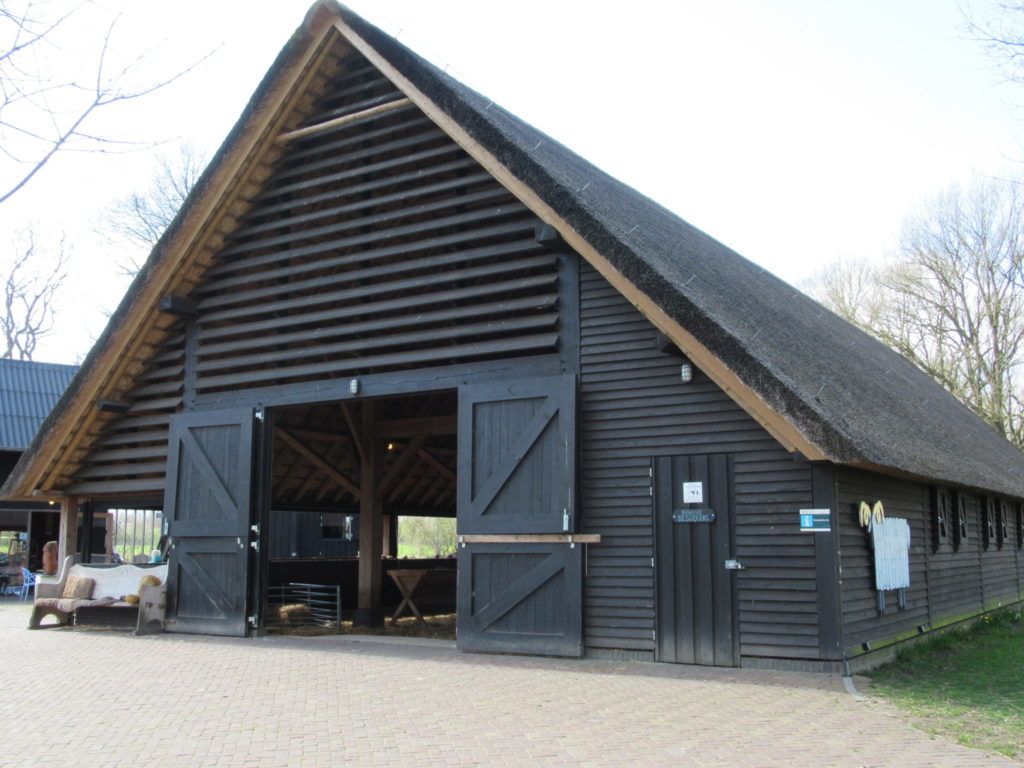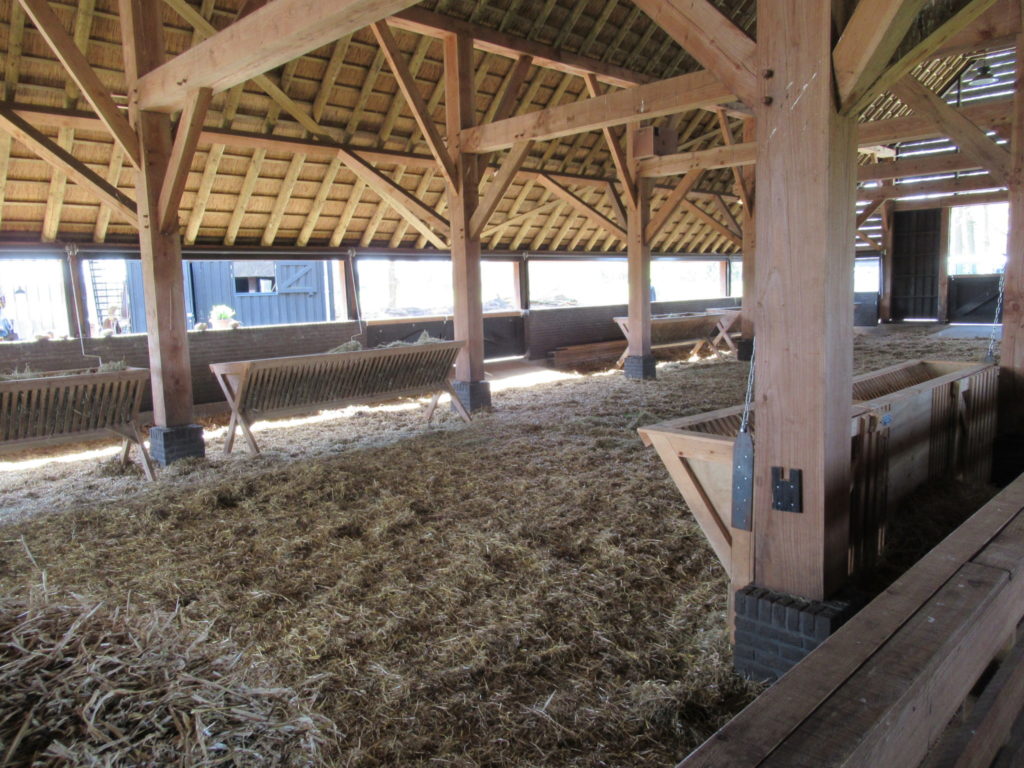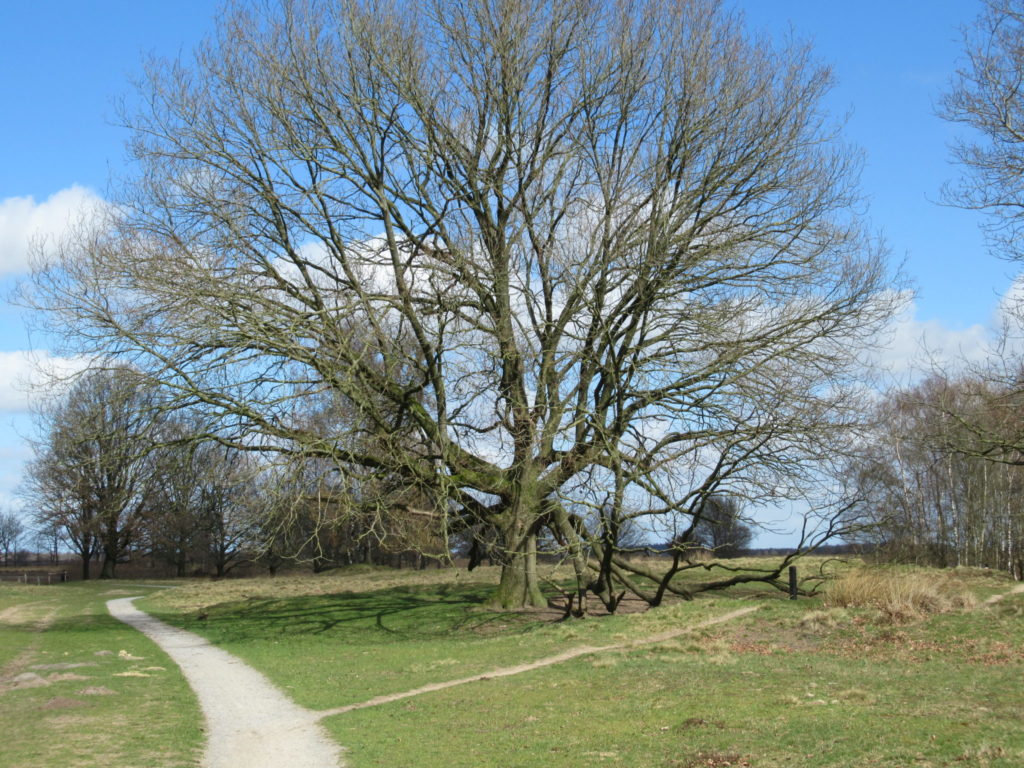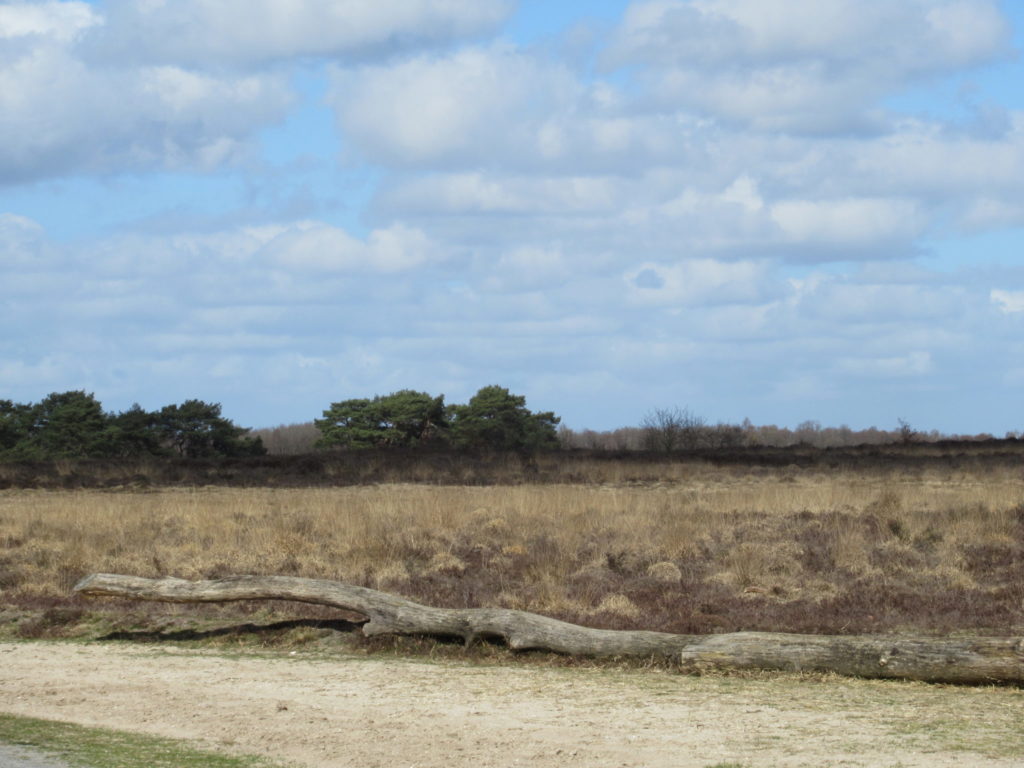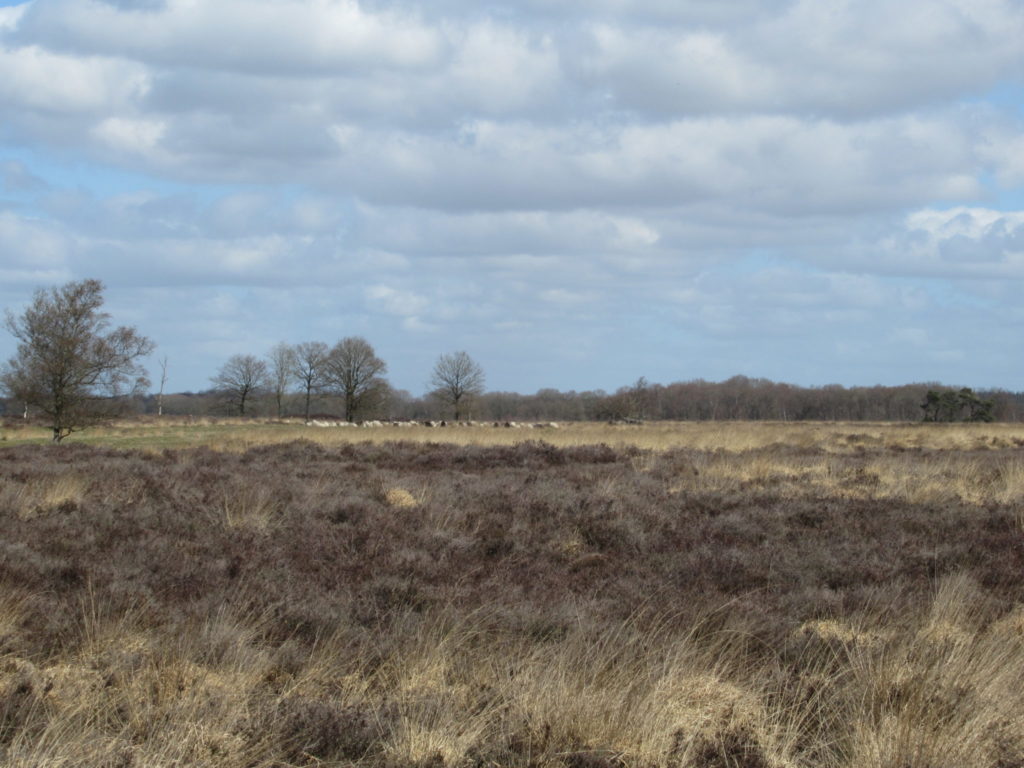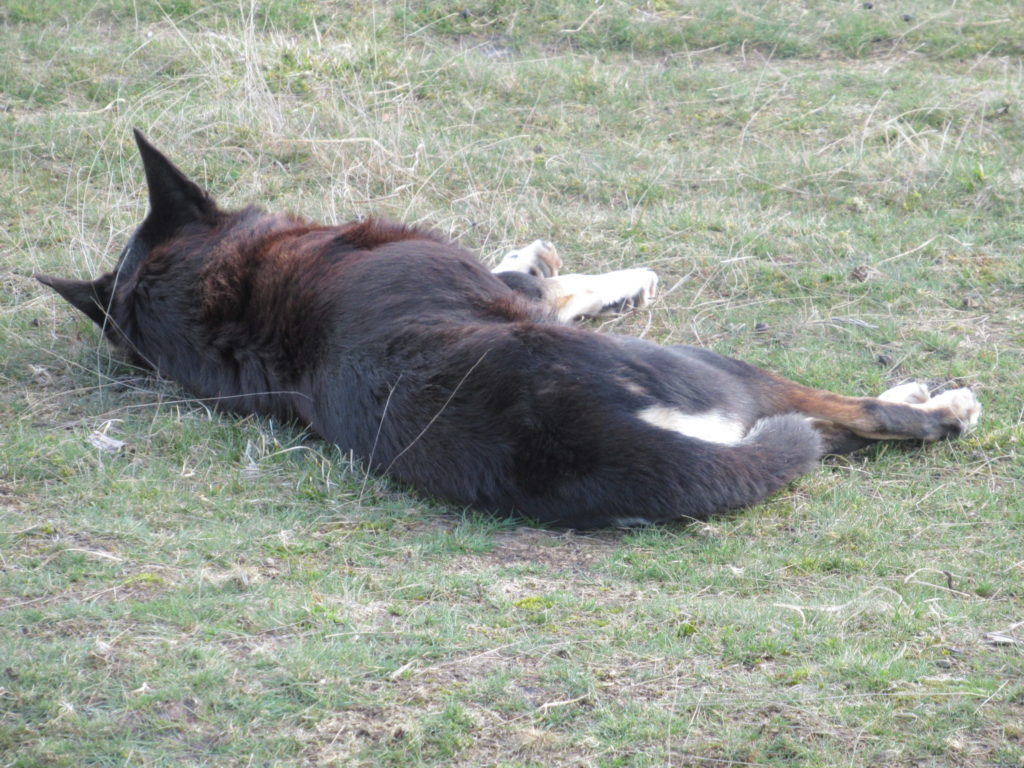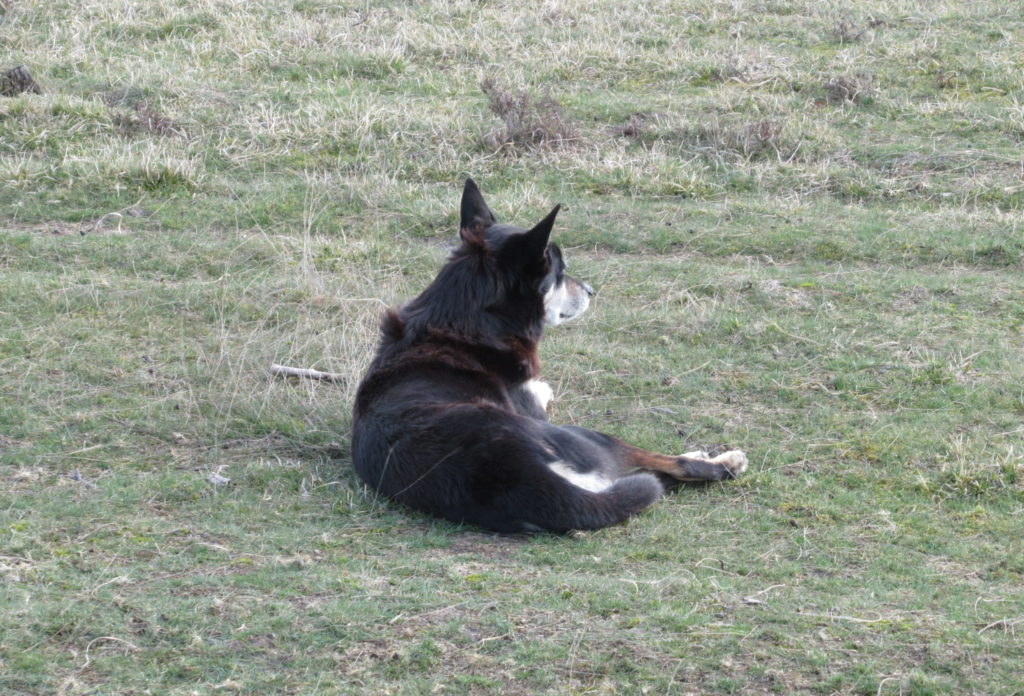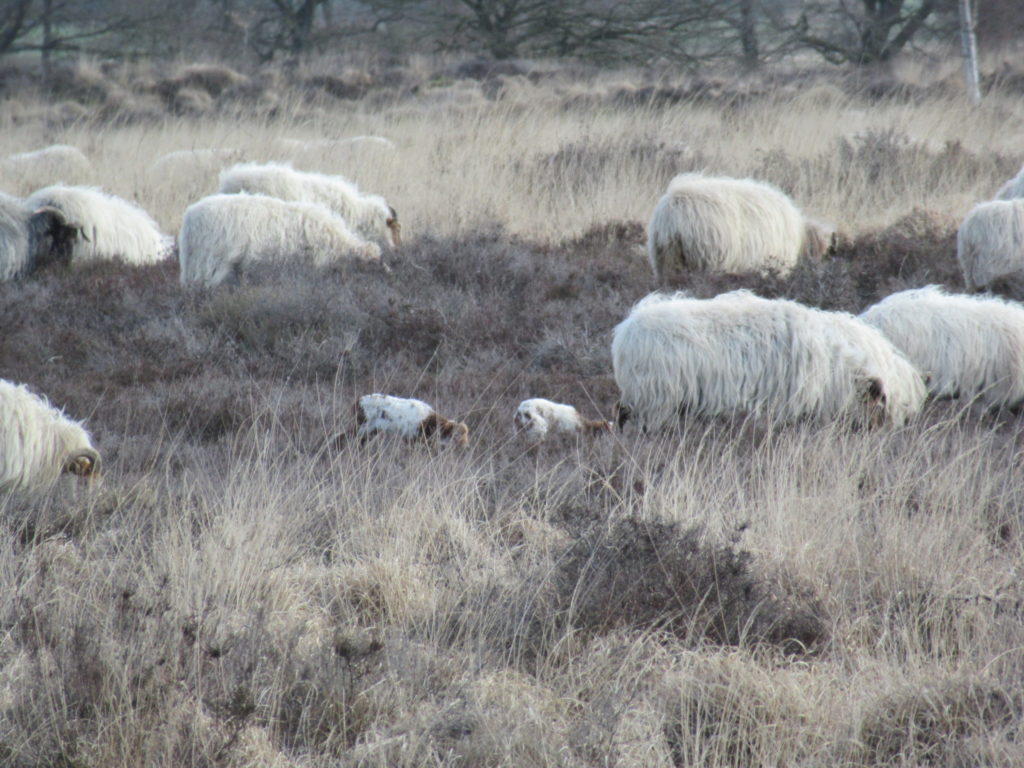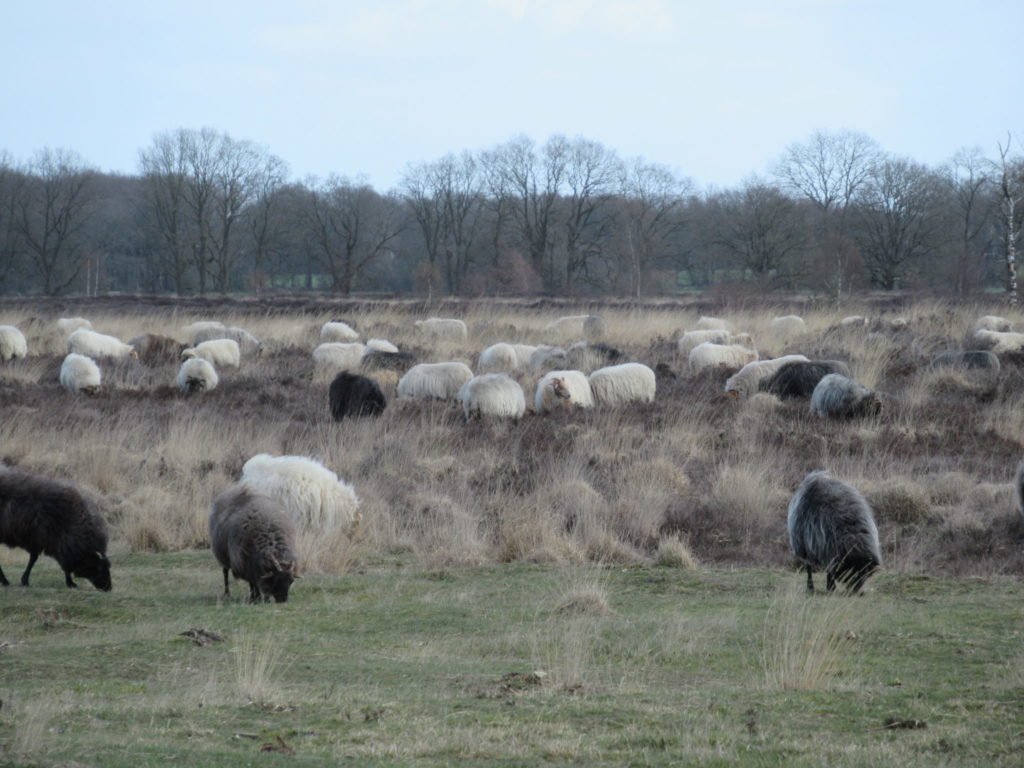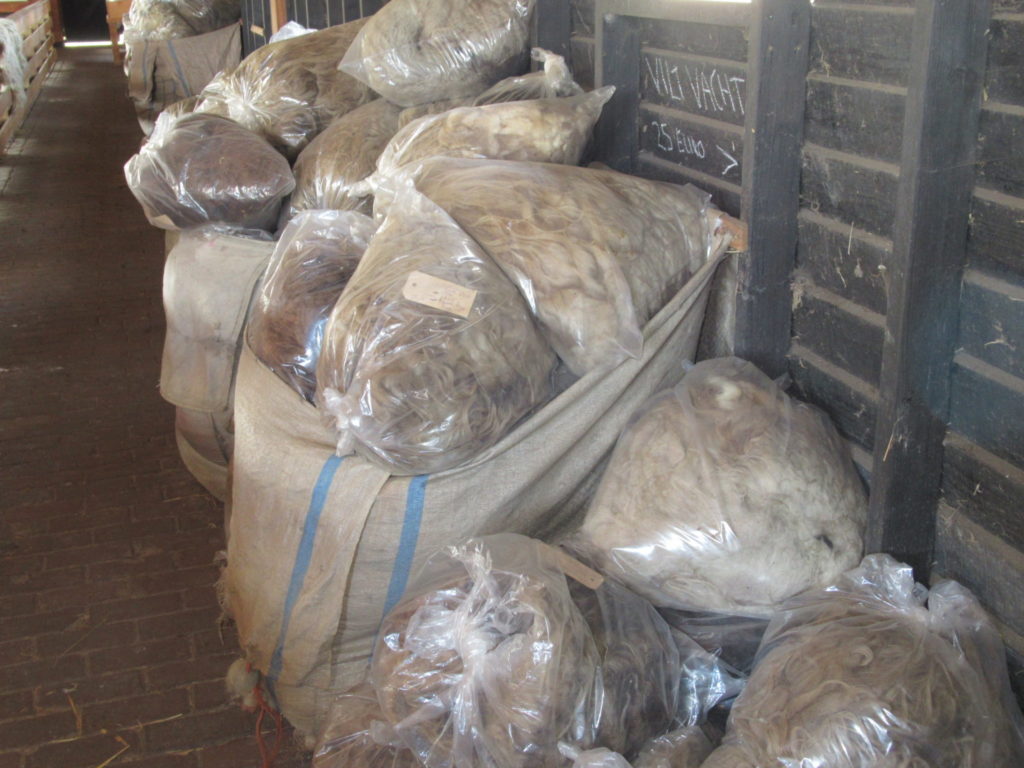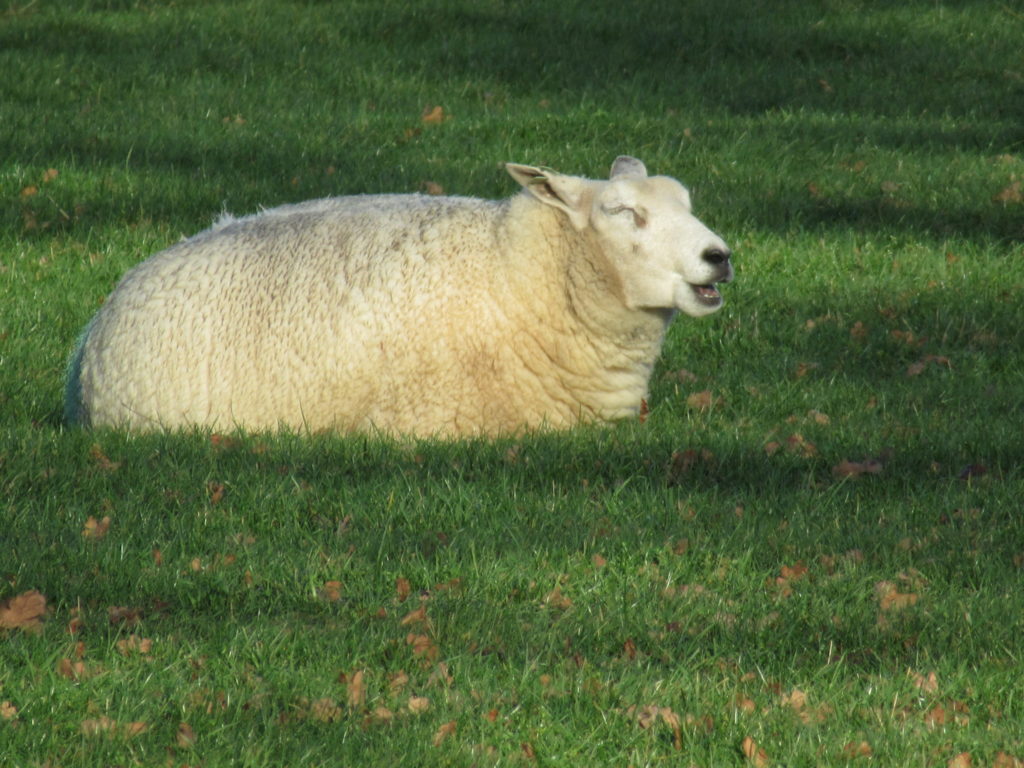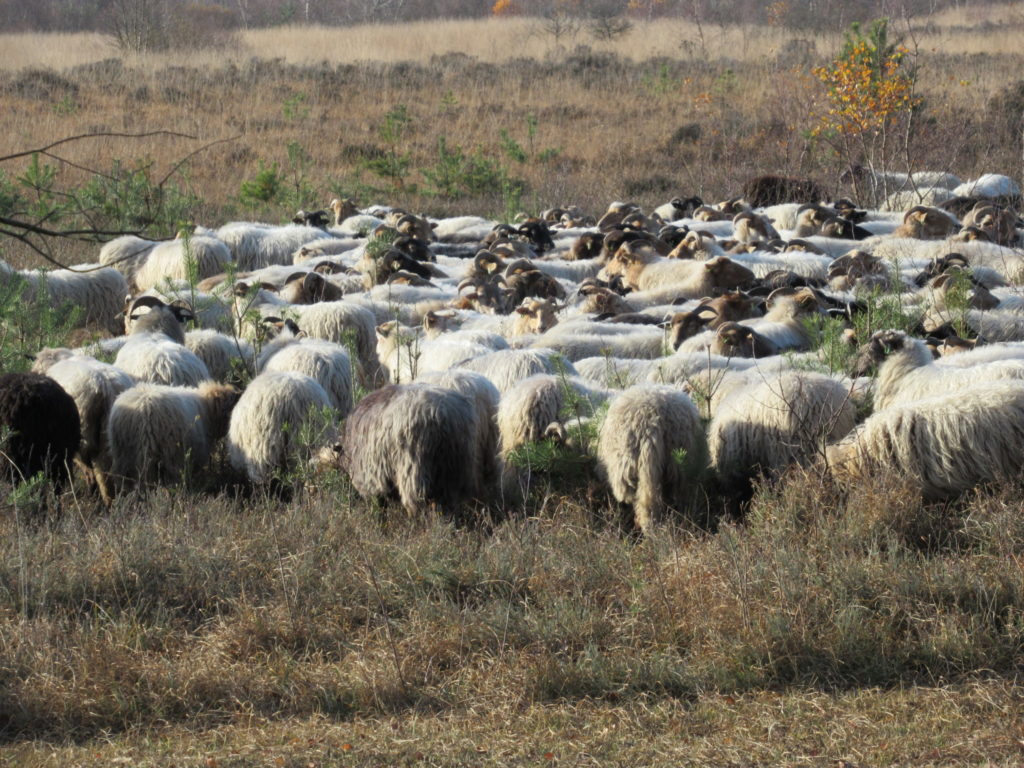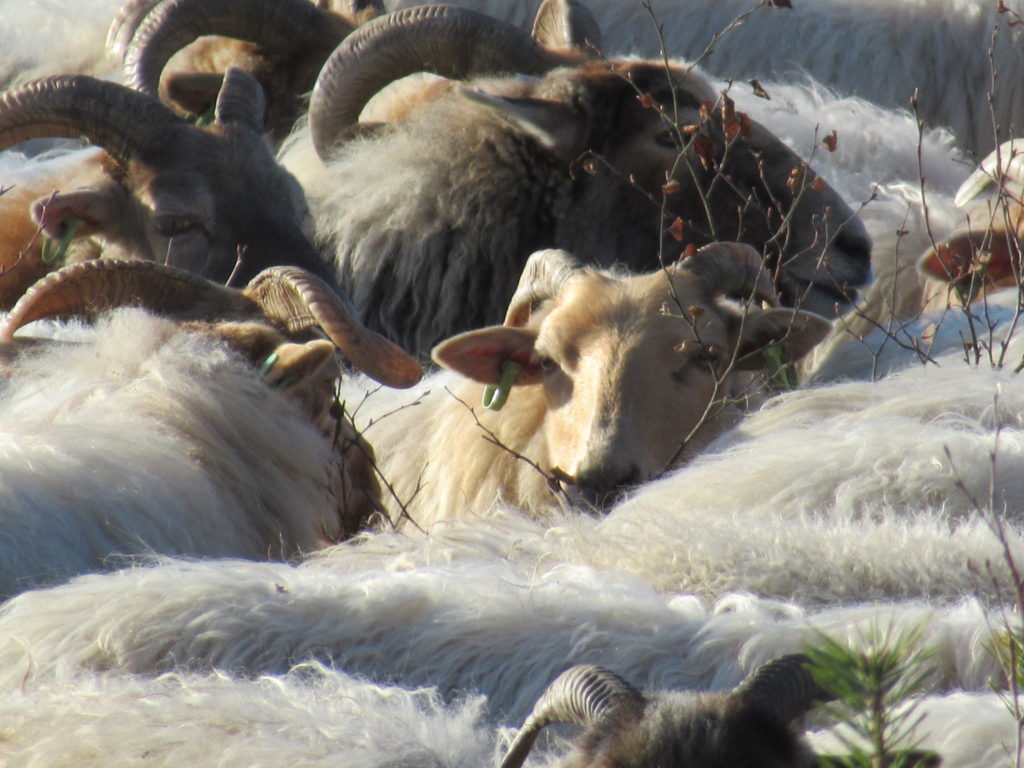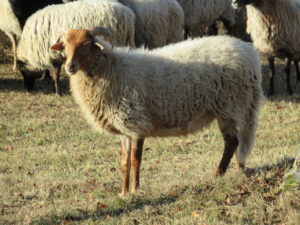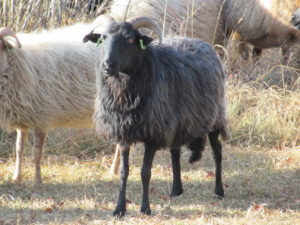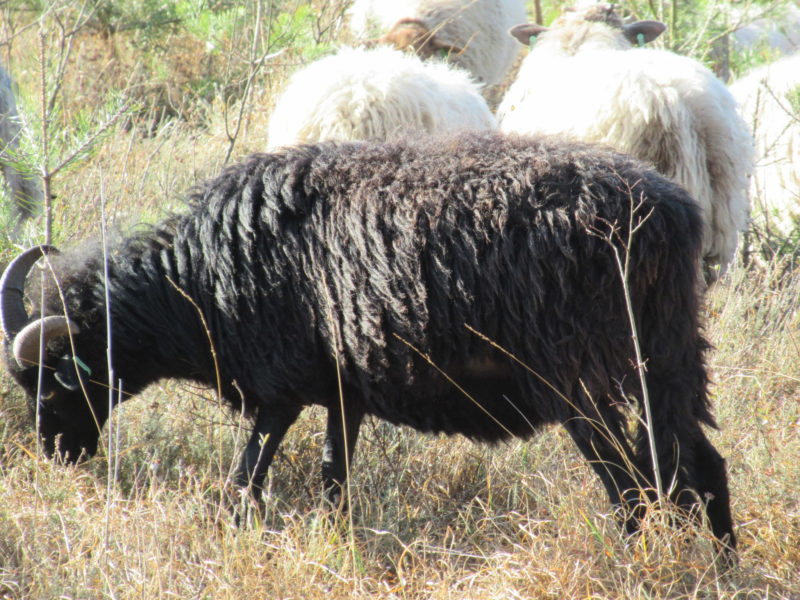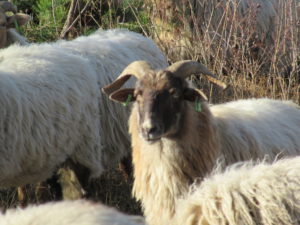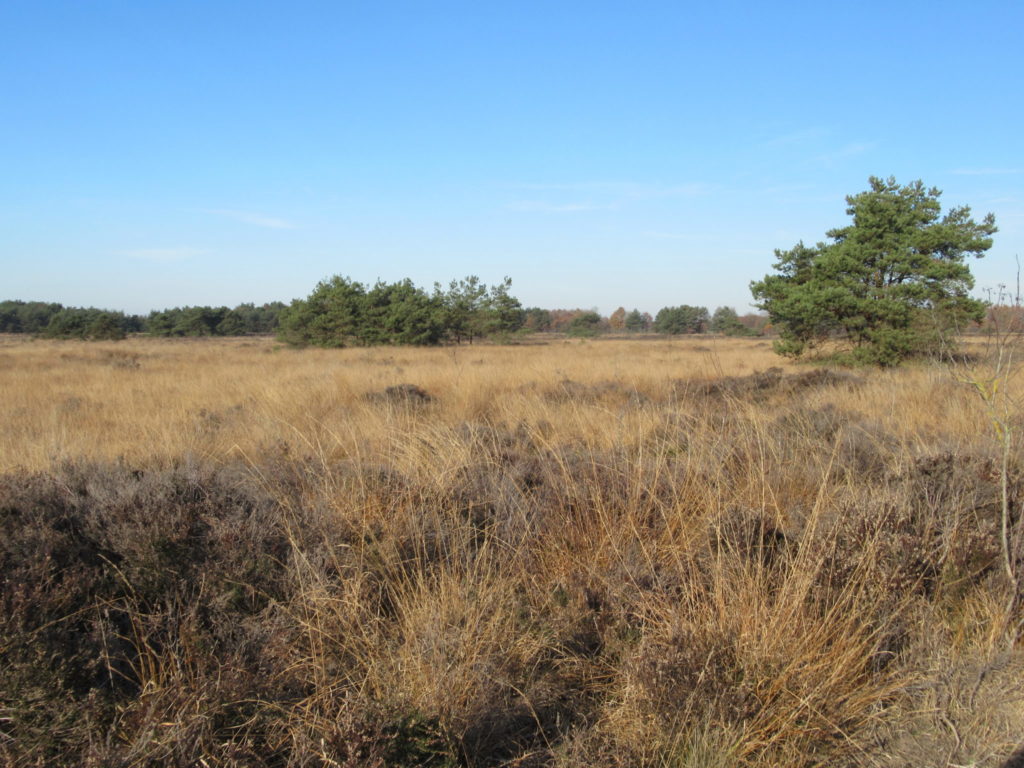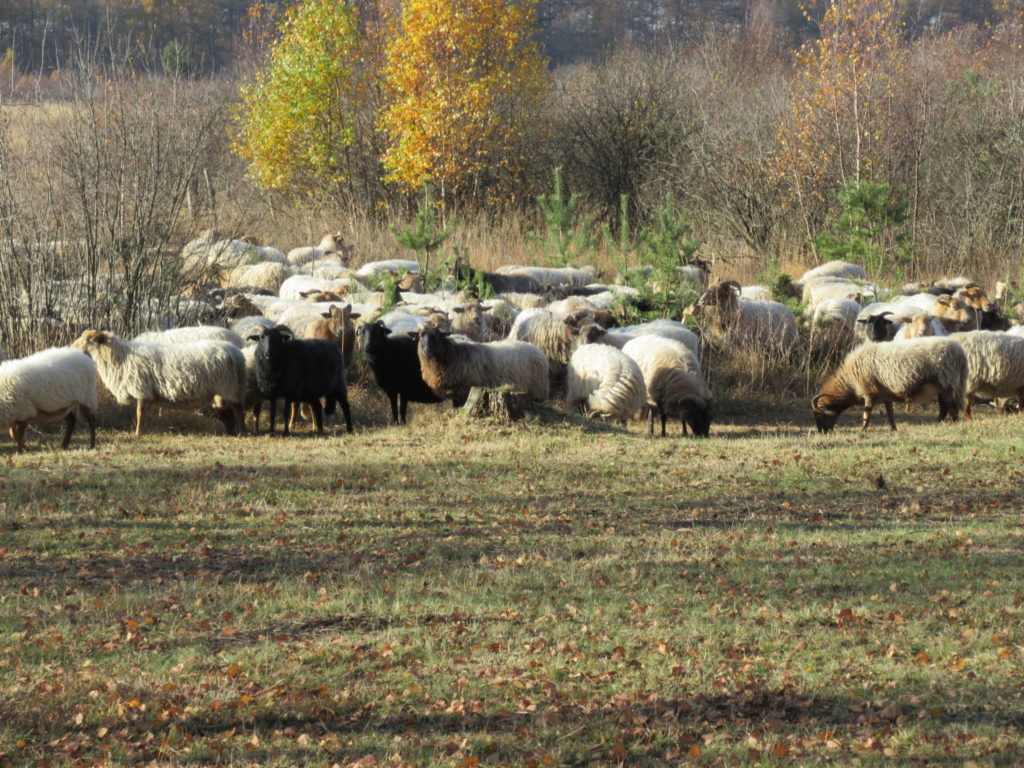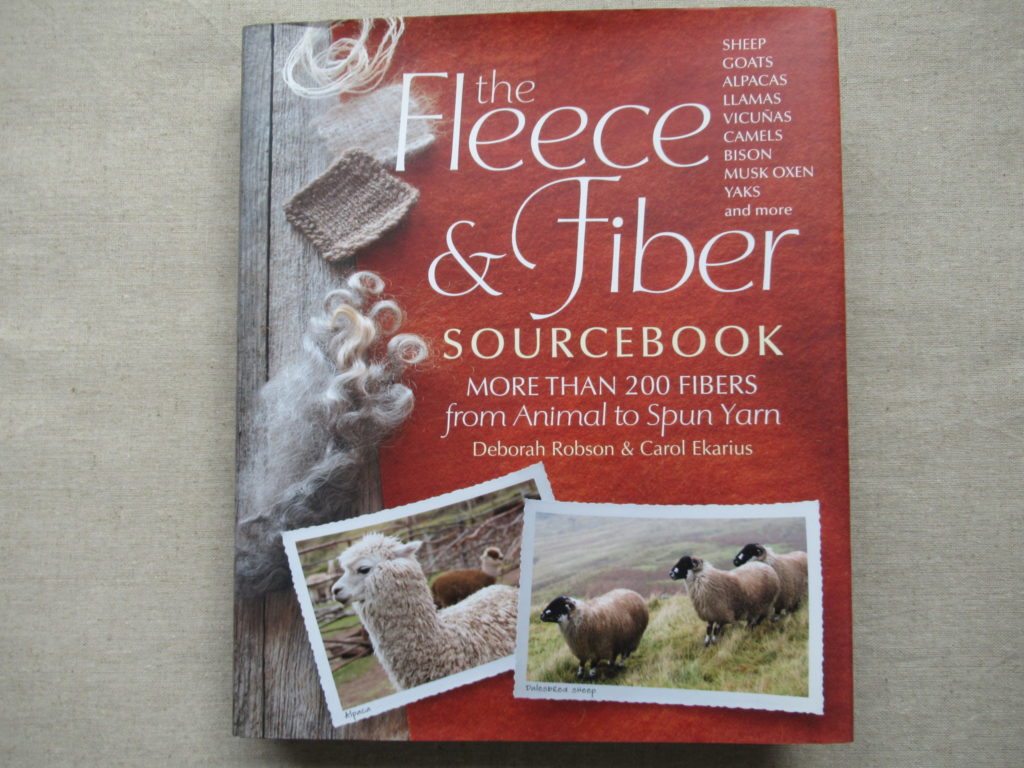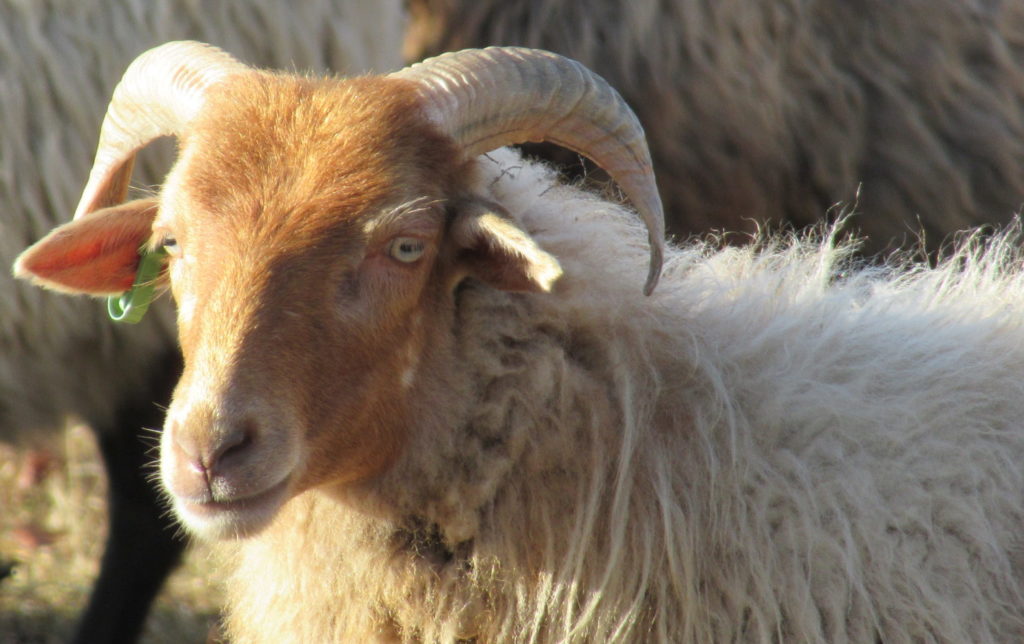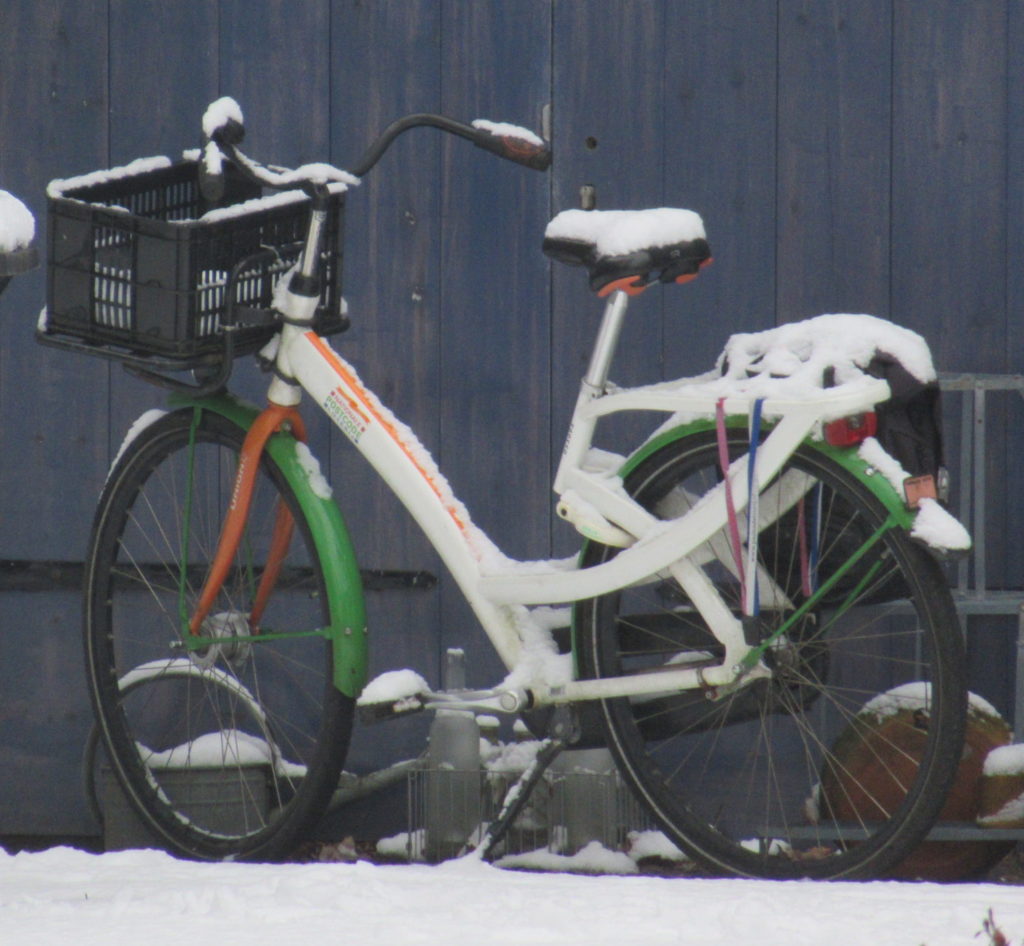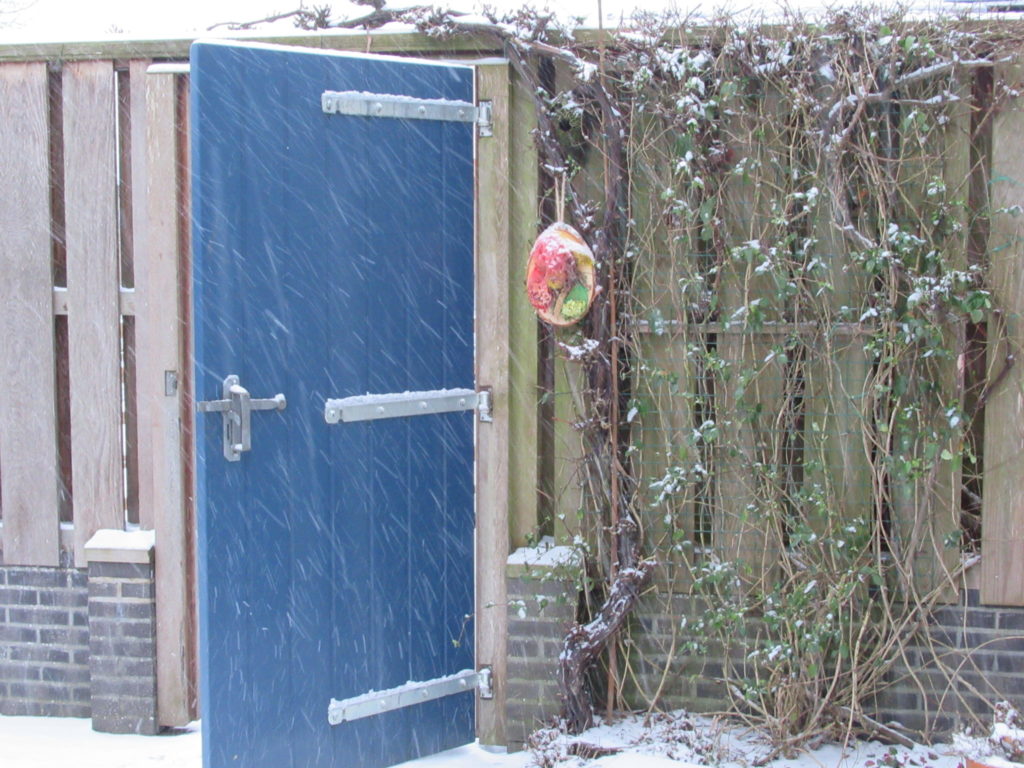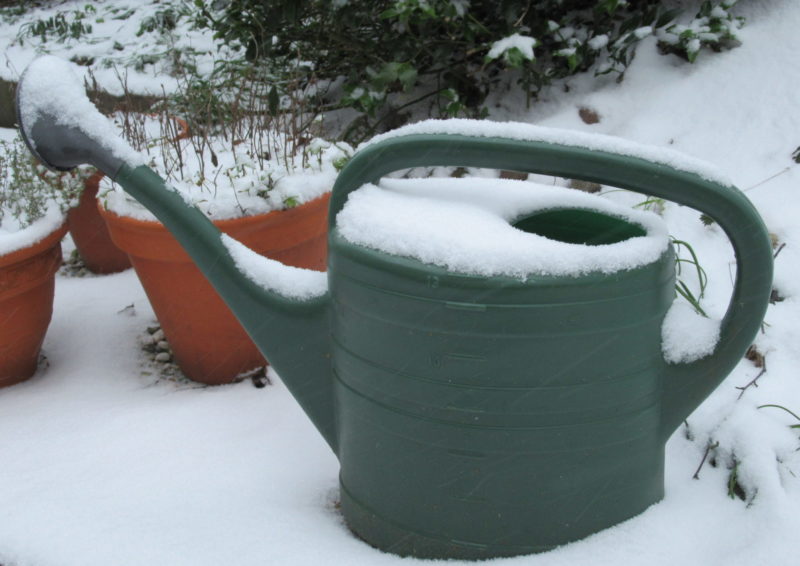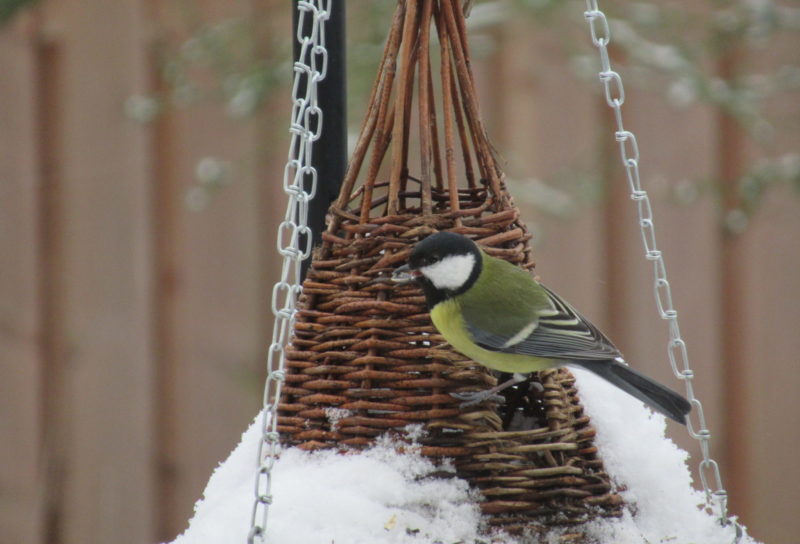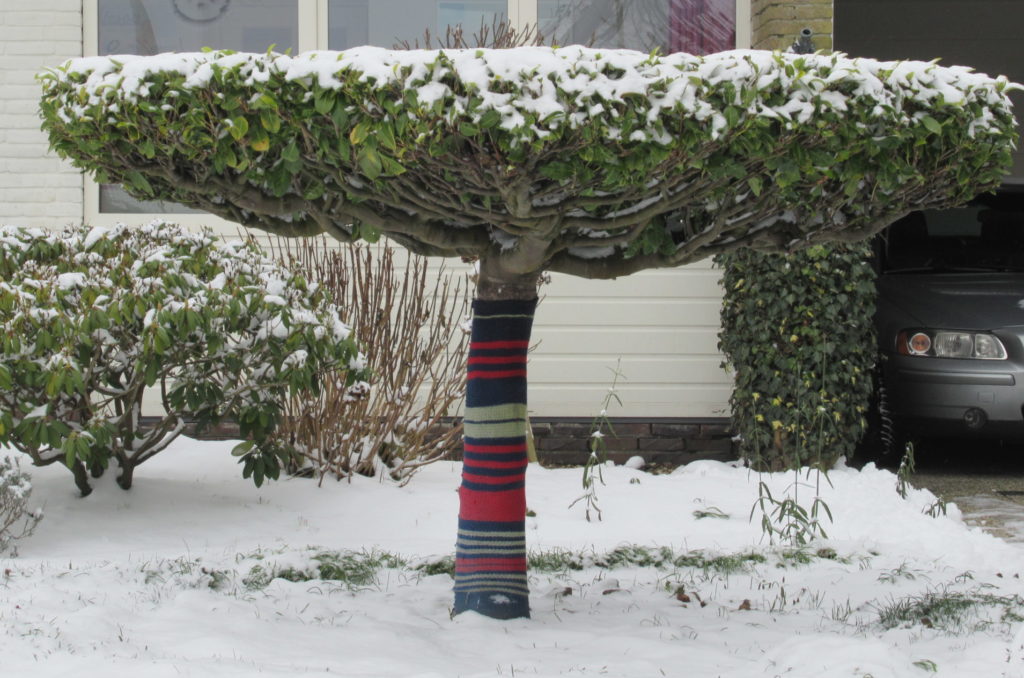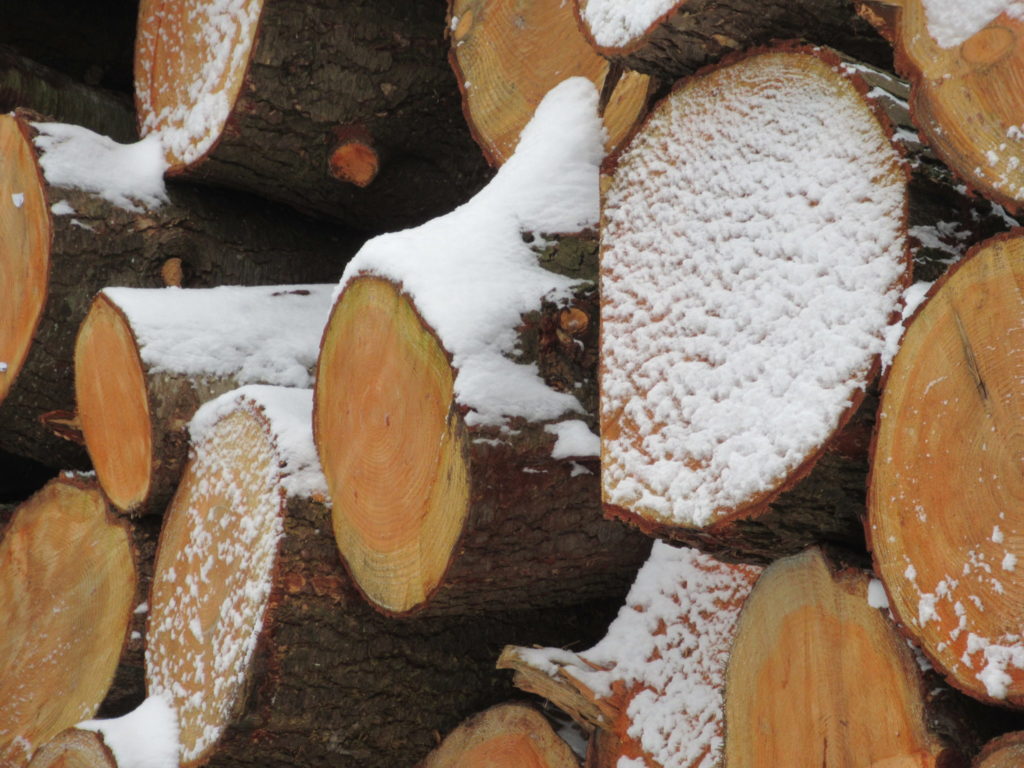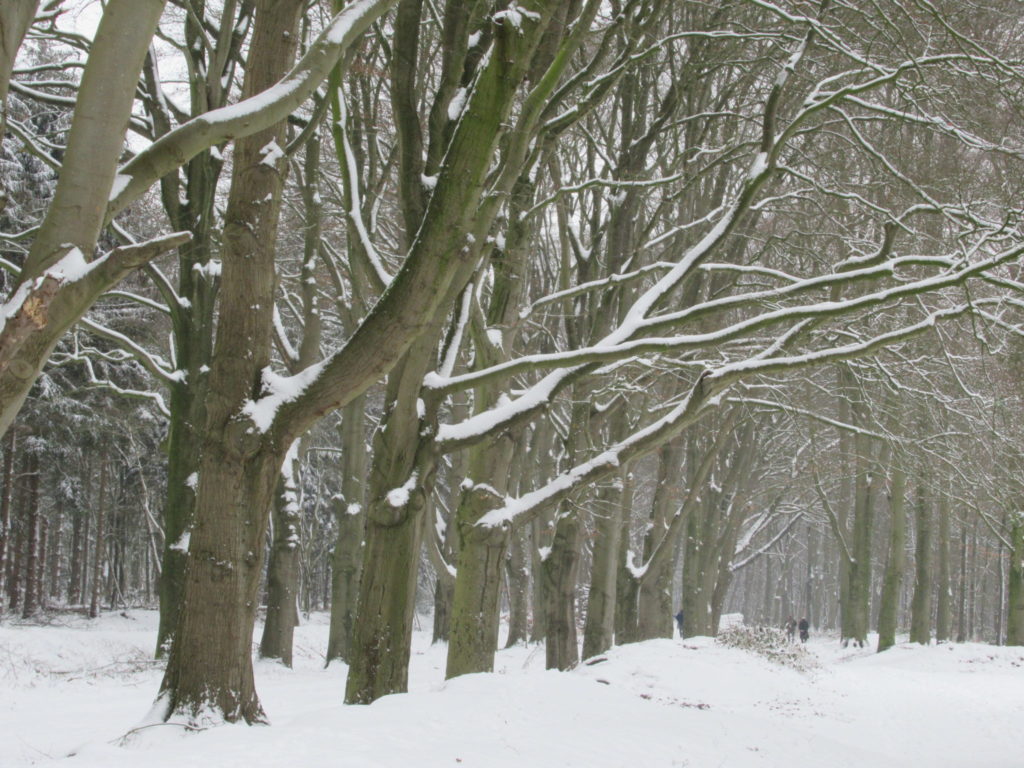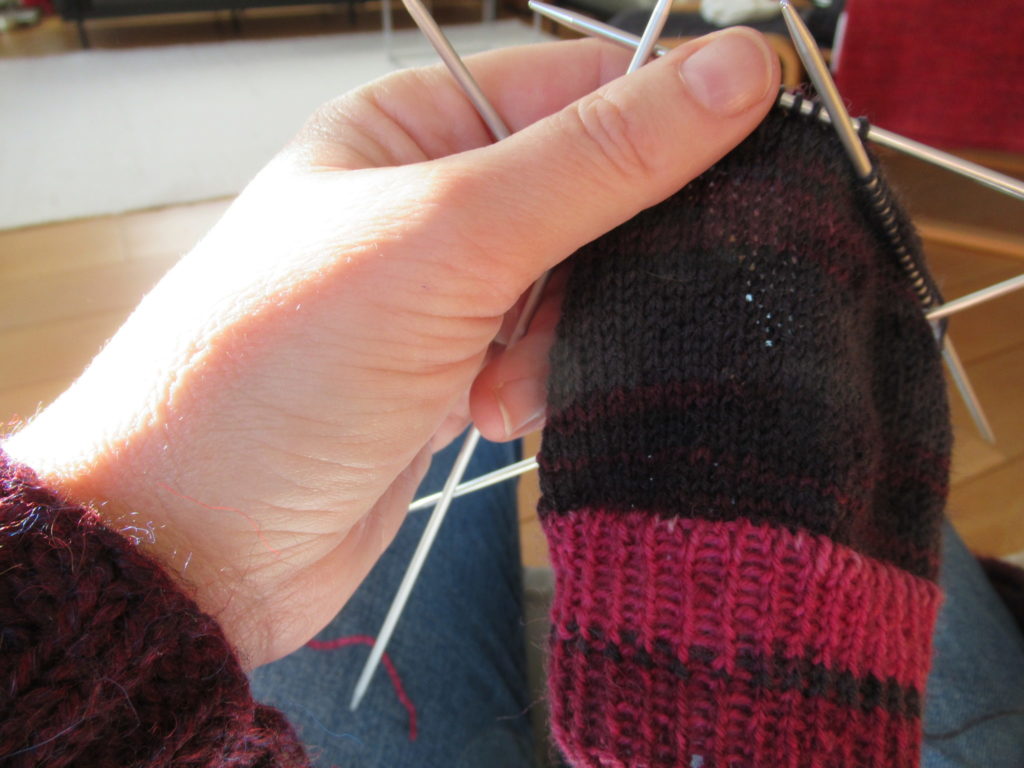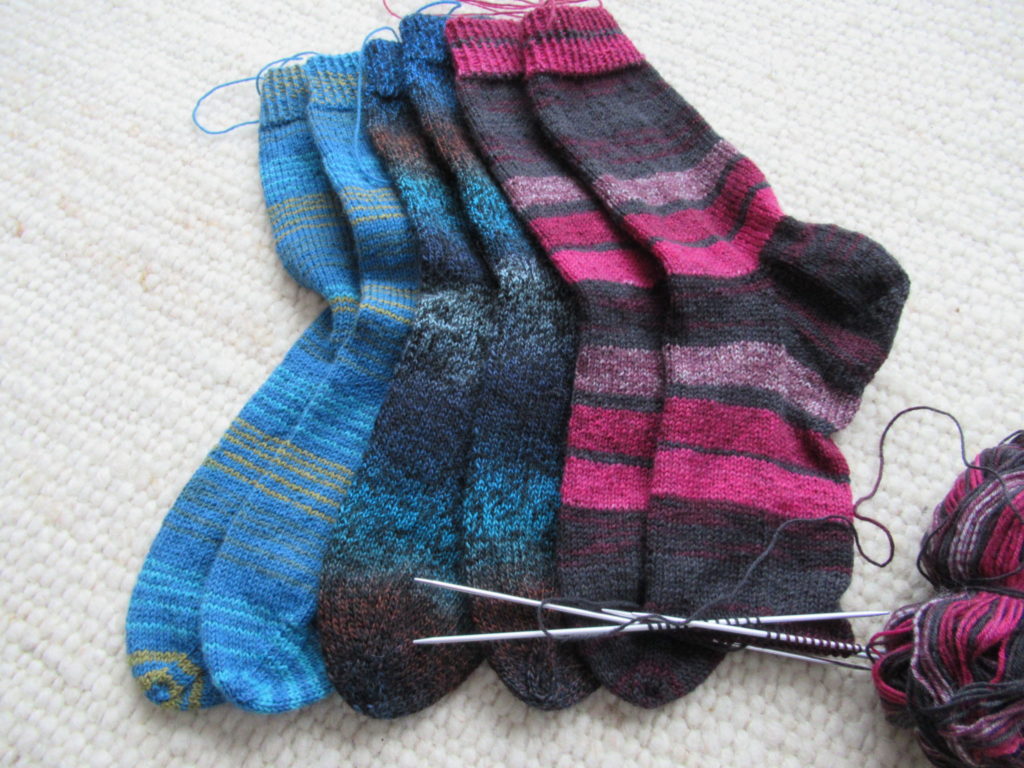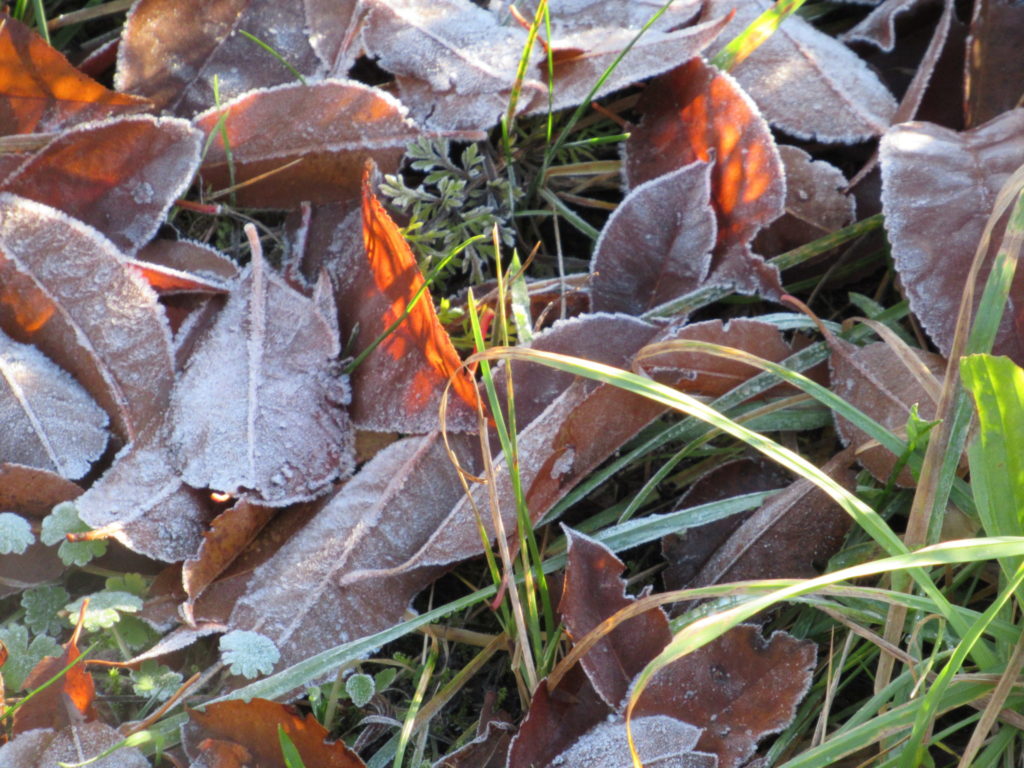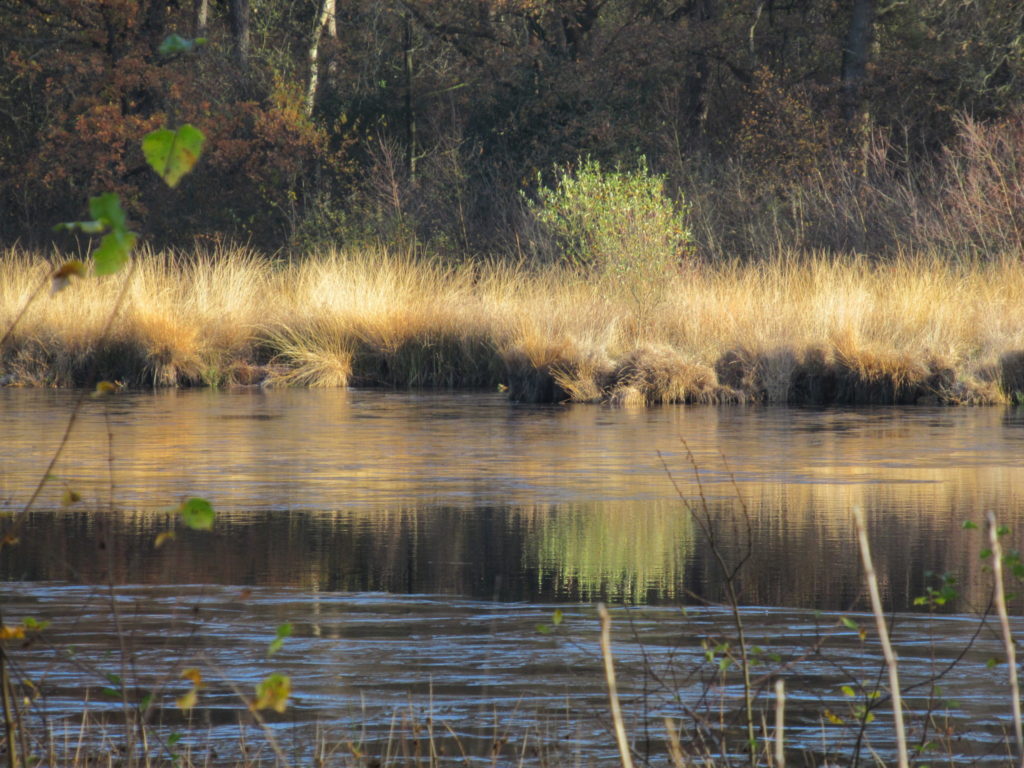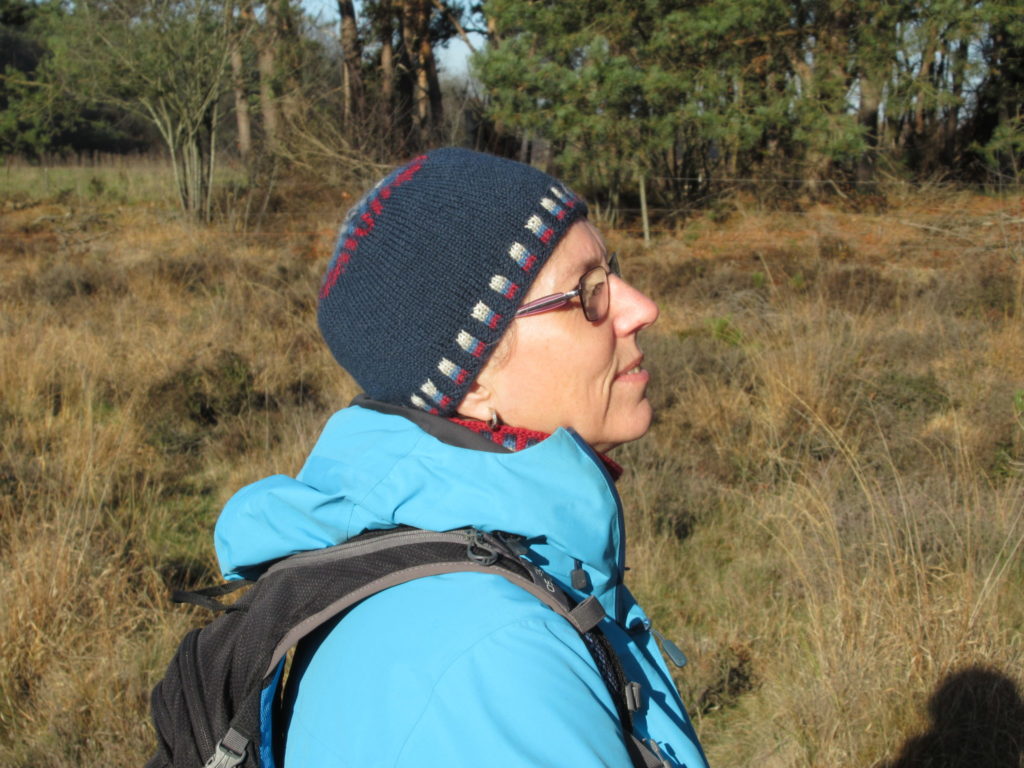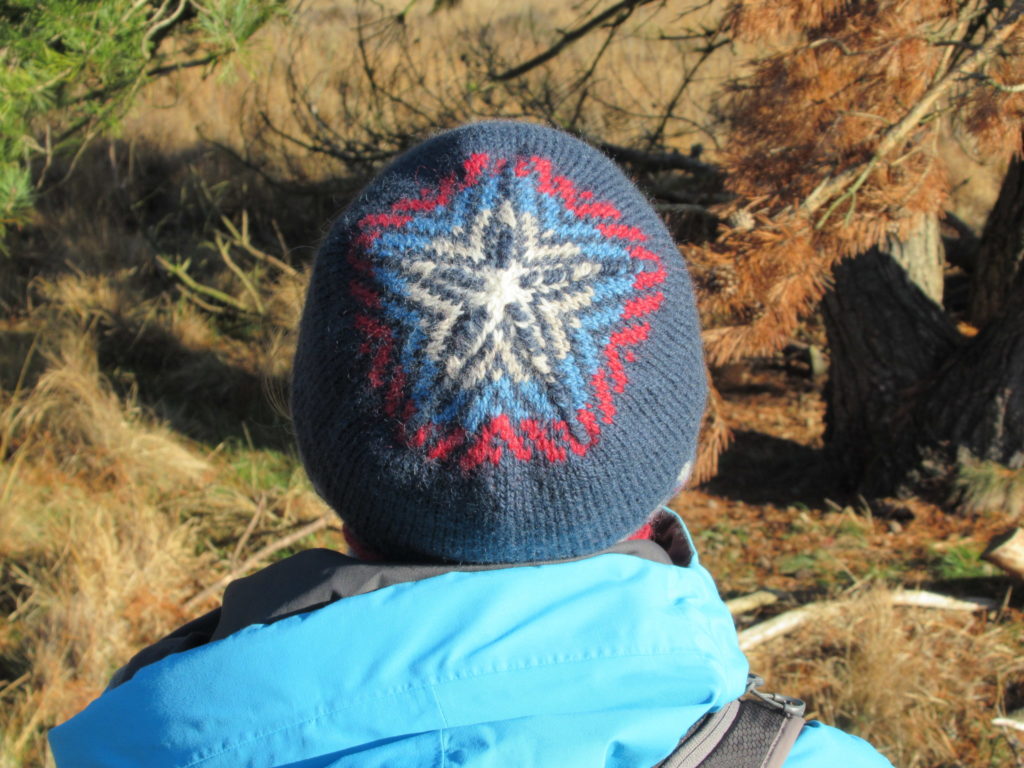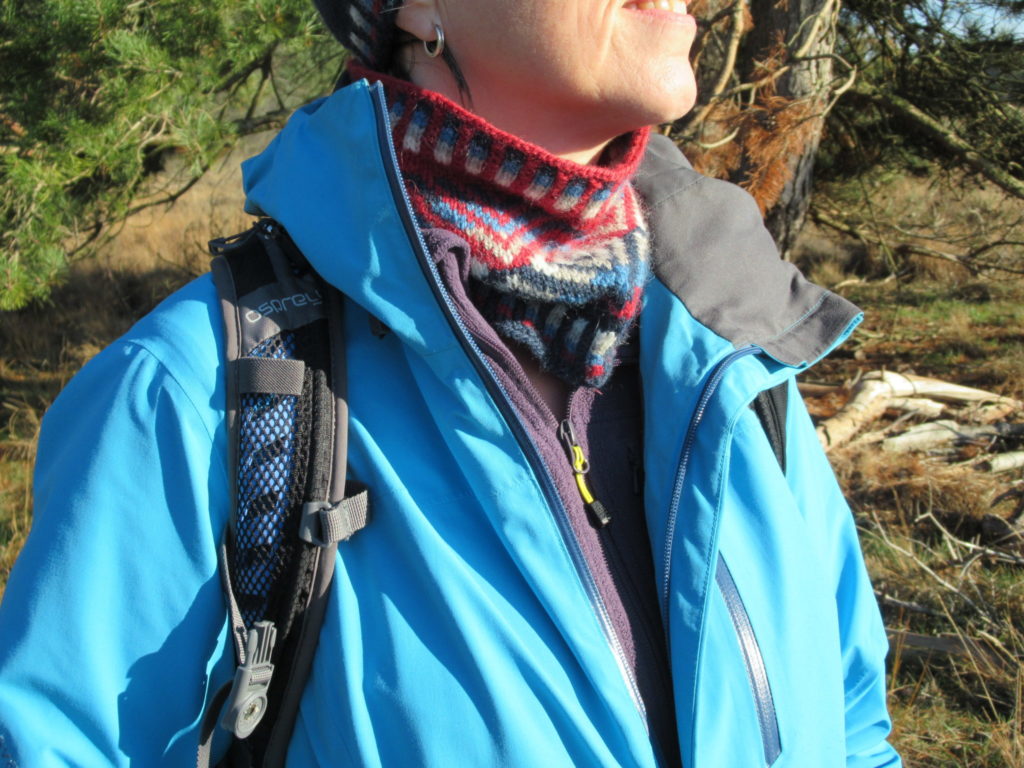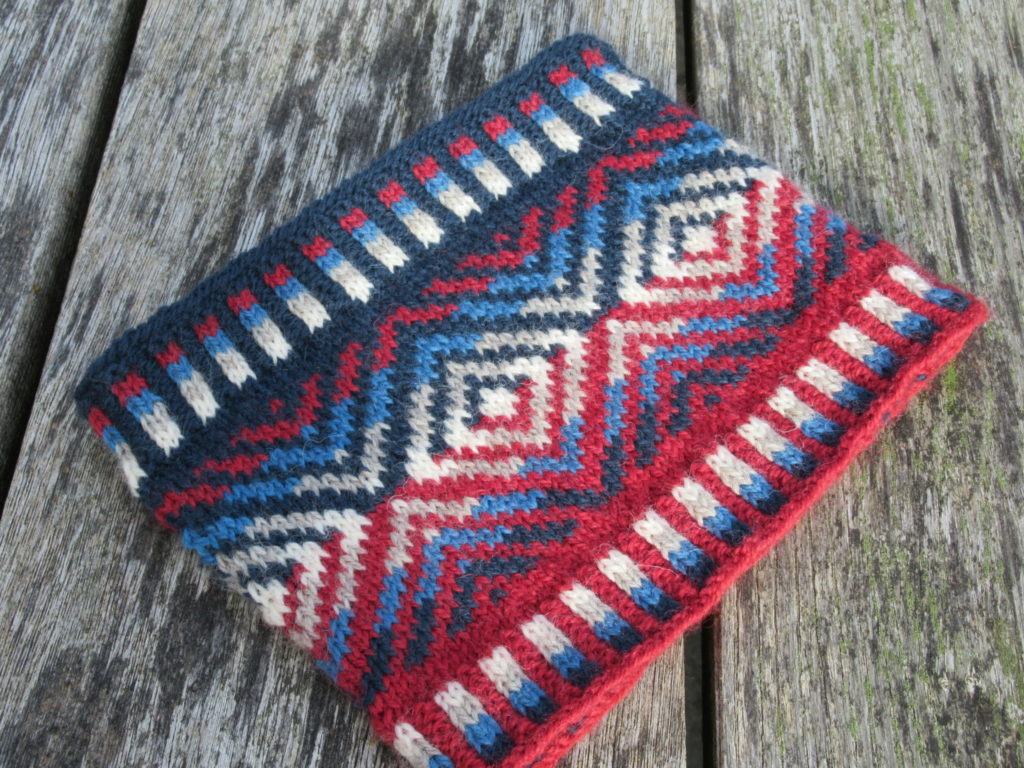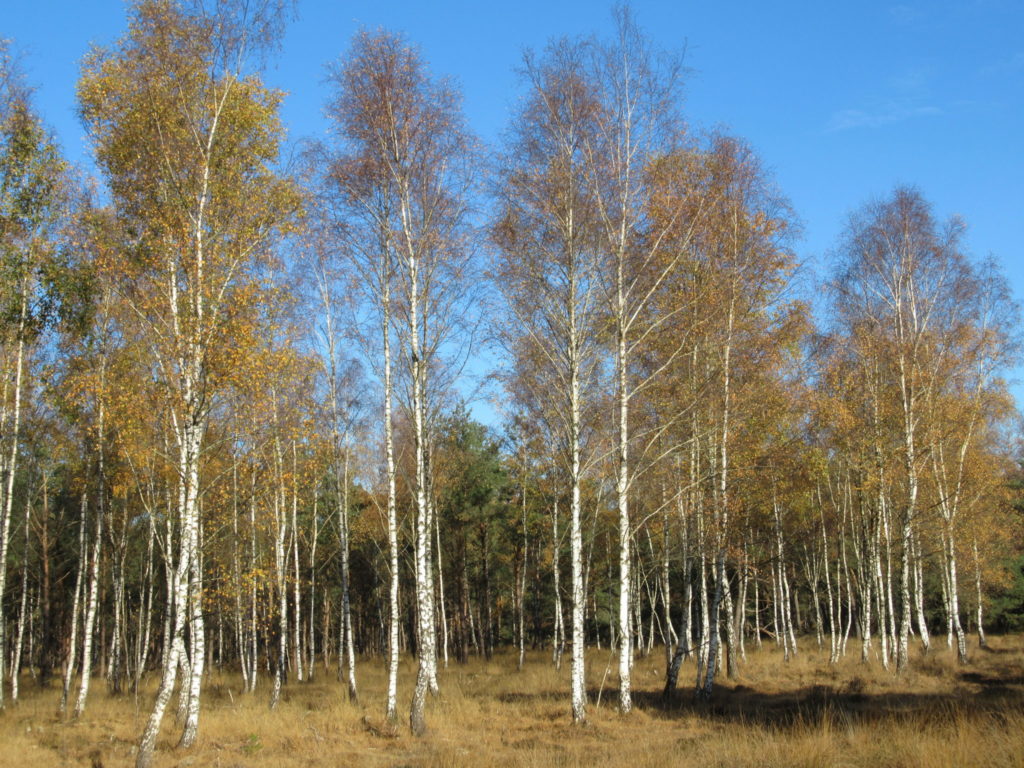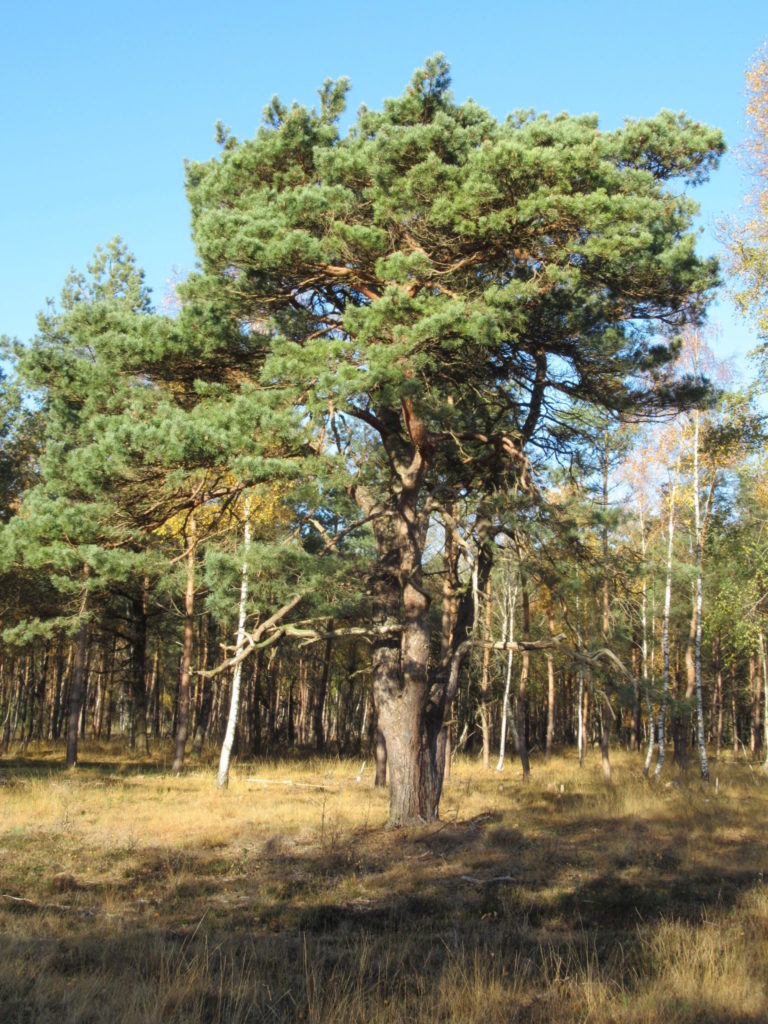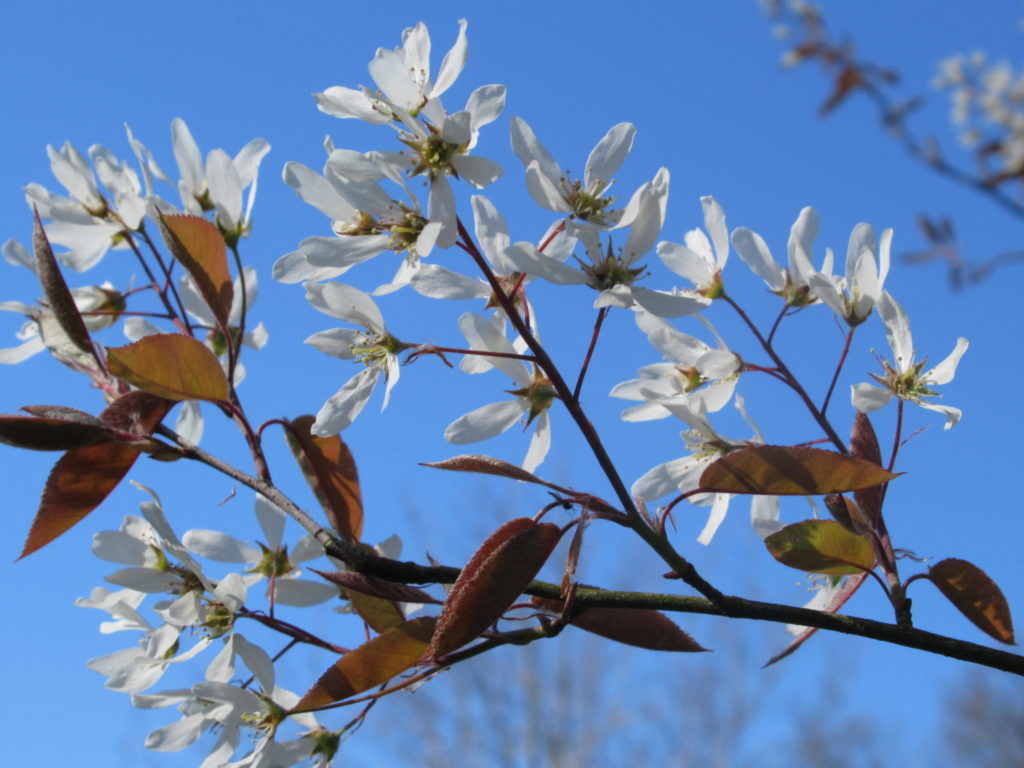
It almost hurts the eyes, doesn’t it? That blue, blue sky with those bright white flowers of the June berry. I was taking a spin on my bicycle when I took this photograph. Something was bothering me, and I thought a bit of exercise and fresh air might help clear my mind. The air was certainly fresh, not to say icy. I was glad I was wearing my woollen gloves. But what a glorious afternoon!
There were lots of lambs in the fields:
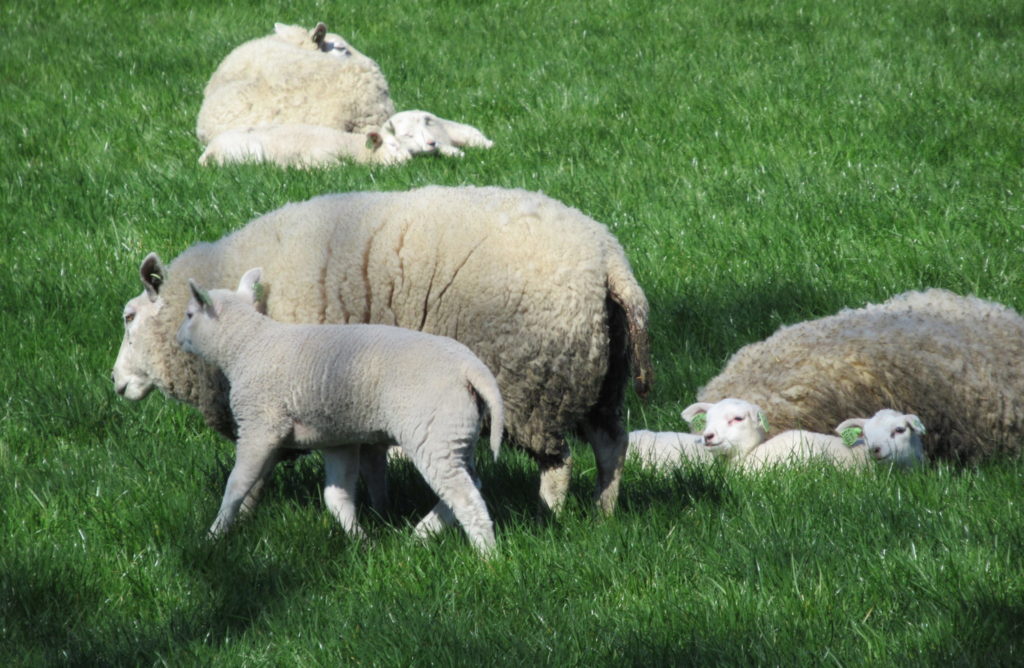
You’d expect the air to be filled with the sound of bleating, but it wasn’t. The sheep and their lambs were quietly dozing or grazing – or following their grazing mums around – and watching each other.
We all know that ewes and their lambs can recognize each other’s voices. But we don’t know (or at least I don’t) if they have other ways of communicating. One ewe and her lamb, lying with their heads close together, made me wonder about that. Do they communicate with other sounds besides bleating? They don’t seem to have many different facial expressions. But what about eye contact? Or perhaps they communicate in ways that we humans have no idea of.
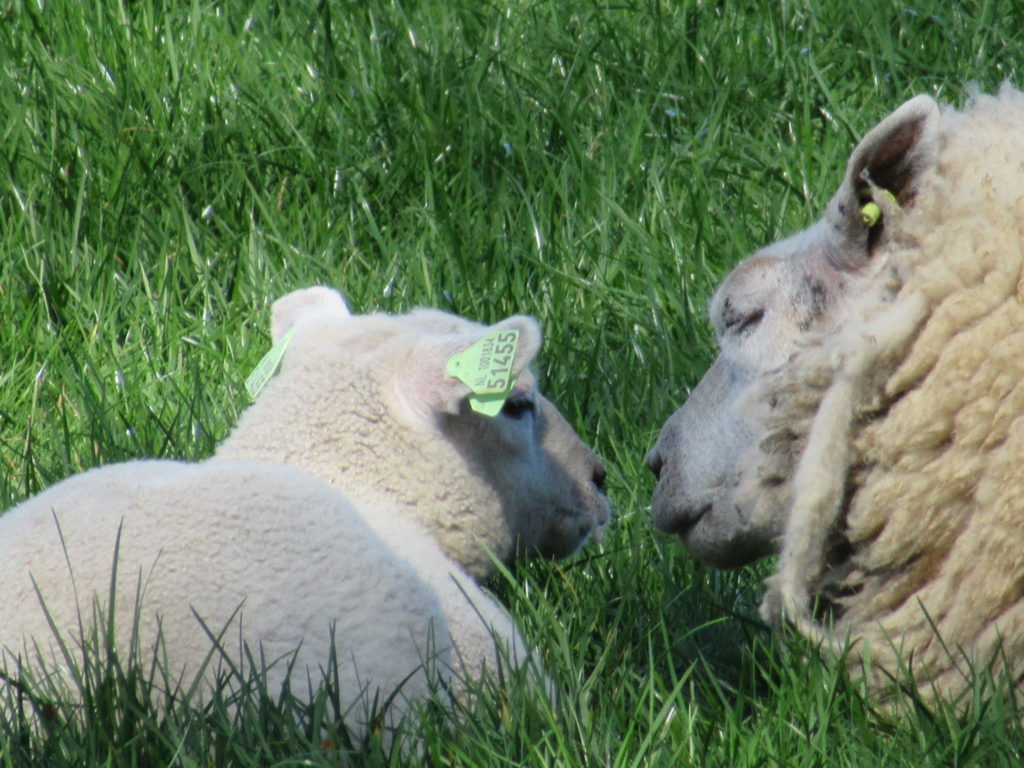
What a wonderful bicycle ride! It was no more than 45 minutes, but I’d seen so many lovely things. And although I hadn’t consciously been trying to solve the problem bothering me, just cycling along had solved it for me – I knew what I had to do when I got home.
Apart from some cold and bright days like these, April has given us all sorts of weather. We even had an afternoon of snow and hailstorms! I don’t know if you can see it on your screen, but the leaves of these dwarf lilies in our garden are filled with hailstones.
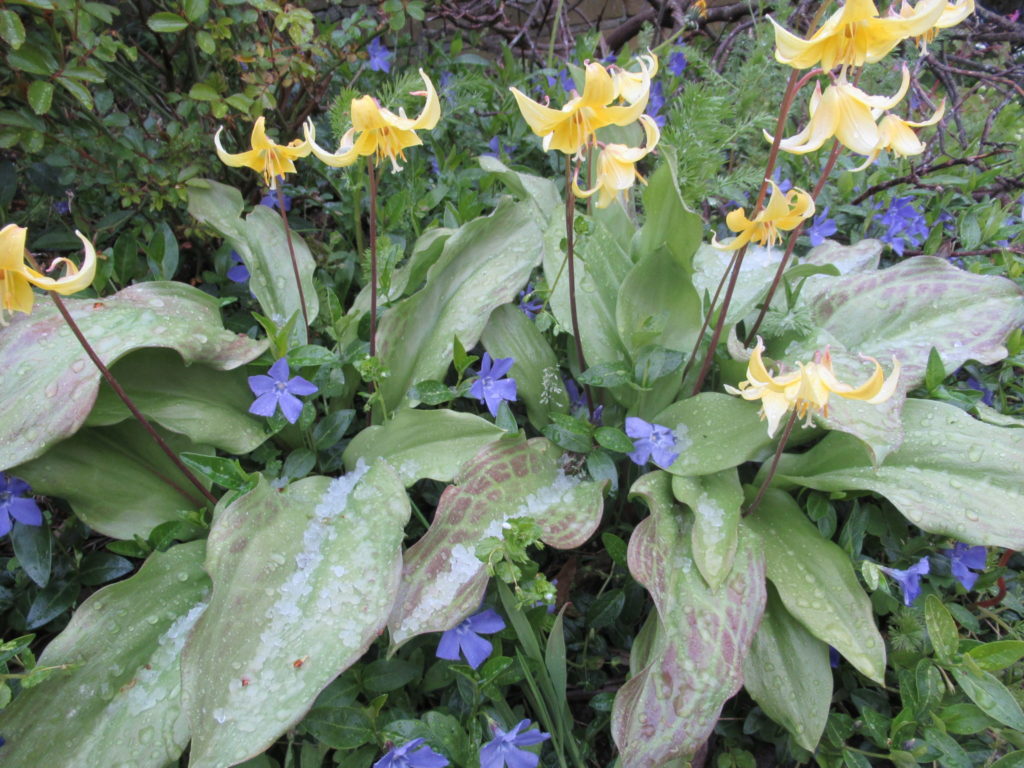
Last Sunday, the day after these wintry showers, was a little more spring-like. Not as warm yet as it is now, but really nice weather for a woodland stroll.
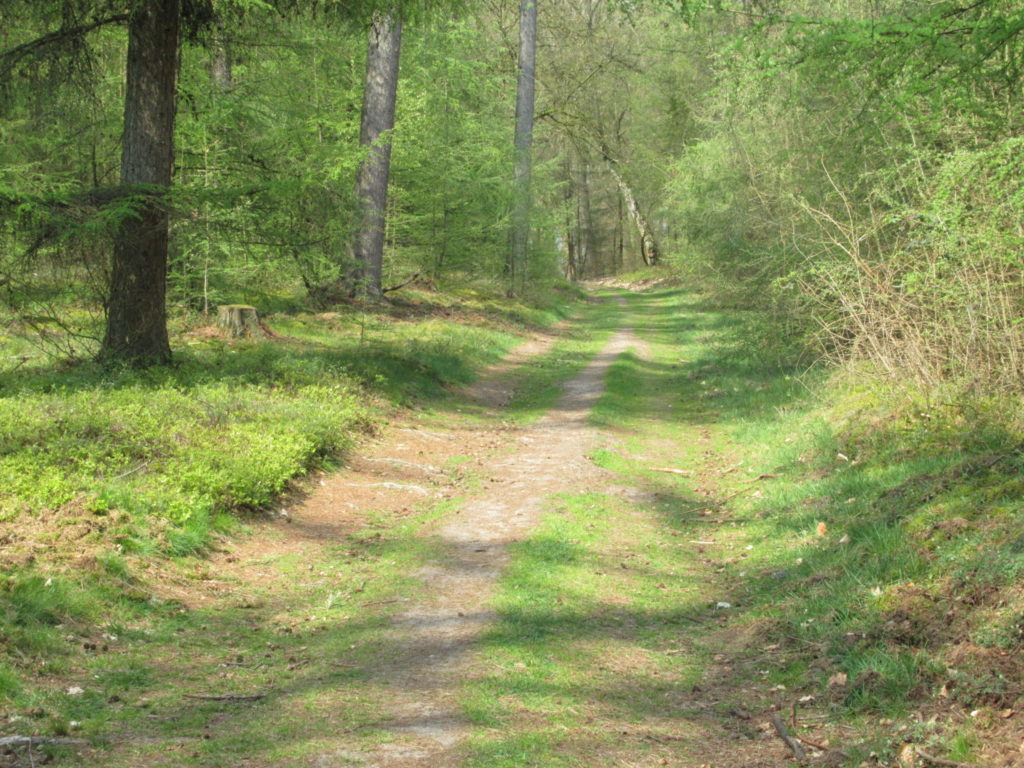
I was wearing my new socks. Maybe you remember them from a previous post – the ones with the wide stripes:
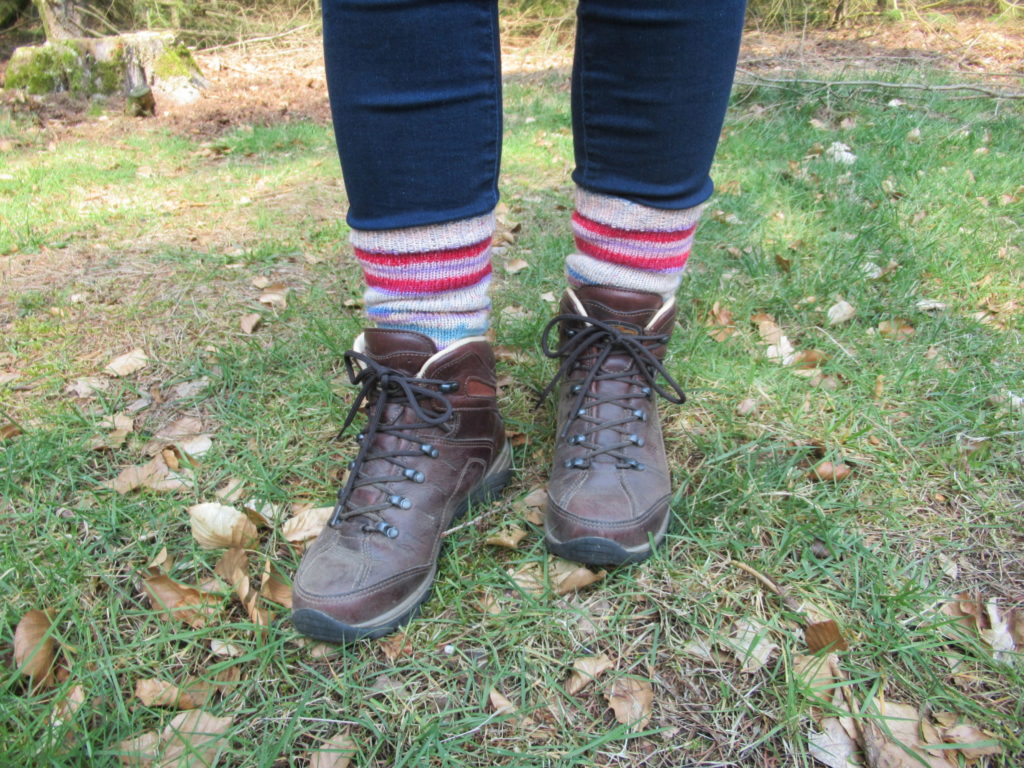
I tried to get the stripes matching on both socks. I’ve tried to do that before, with varying success. In theory, it should work if you find a clear place in the stripe pattern, note down where you are starting on the first sock, and start at the same place in the stripe sequence on the second sock.
The emphasis here lies on ‘in theory’, because sometimes there is a knot in the yarn (*#@!), or the stripe pattern suddenly skips a section for no clear reason (*#@!!!). This time it worked, though:
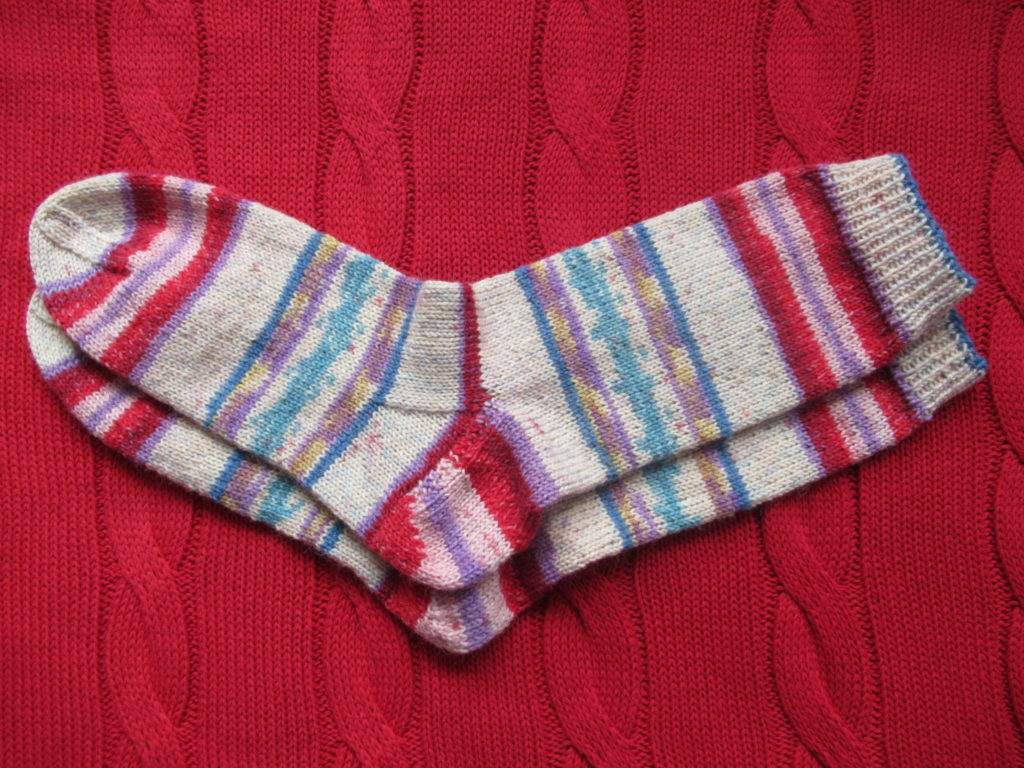
I give lots of socks away, being fortunate enough to have friends and relatives who want to wear them. But I’m keeping these.
The yarn I used is Regia 4-ply in a colourway called ‘Nissedal’. This stripe pattern was designed by Arne and Carlos, the sympathetic Norwegian guys (or is one of them Swedish?) who gained world fame with their knitted julekuler (Christmas baubles). They’ve designed lots of other knits since then and have a YouTube channel with some 60.000 subscribers. I must admit that I’ve never watched any of their videos myself, but that’s not Arne and Carlos’ fault. It’s just that I’m not much of a video watcher in general.
One of their latest ventures is a collection of cushion patterns for yarn brand Rowan, which is presented in Rowan’s latest Spring/Summer Magazine (number 65):

Some cushions have geometrical designs, others have intarsia flower patterns, and all of them have ‘Scandinavian knitting design’ printed all over, don’t you think?
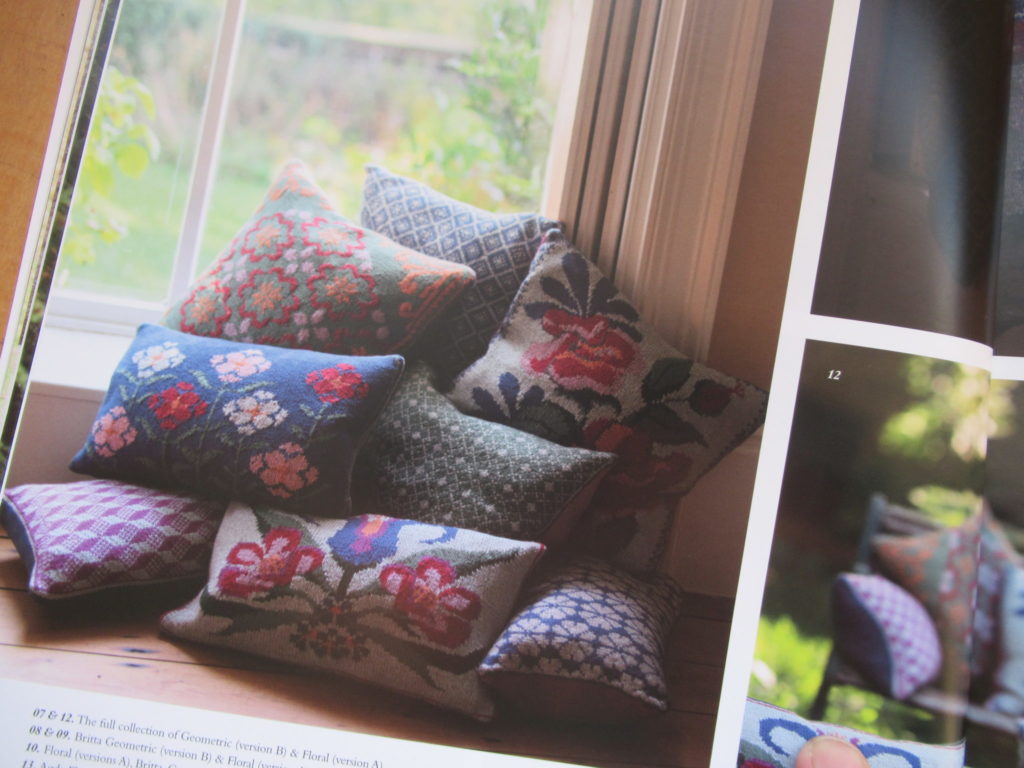
Word of Warning: Don’t buy this magazine just for the cushions, because the patterns are not included. I don’t regret buying it, as it is filled with lovely spring and summer knits, including four designs for garments and accessories by Arne and Carlos. Everything is beautifully photographed, the patterns for all the other items are included, and I love leafing through it for inspiration. But the cushion patterns need to be bought and downloaded separately from the Rowan website.
I’ve almost come to the end of what I wanted to show and tell you today. There’s just one more thing. I’ve finished knitting Granite, the cardigan for our daughter. I struggled with the right way to measure the stretchy knitted fabric, and was worried that I’d get it wrong. So I didn’t sew the pieces together yet, but just pinned them.
During our visit on Sunday she tried it on and…
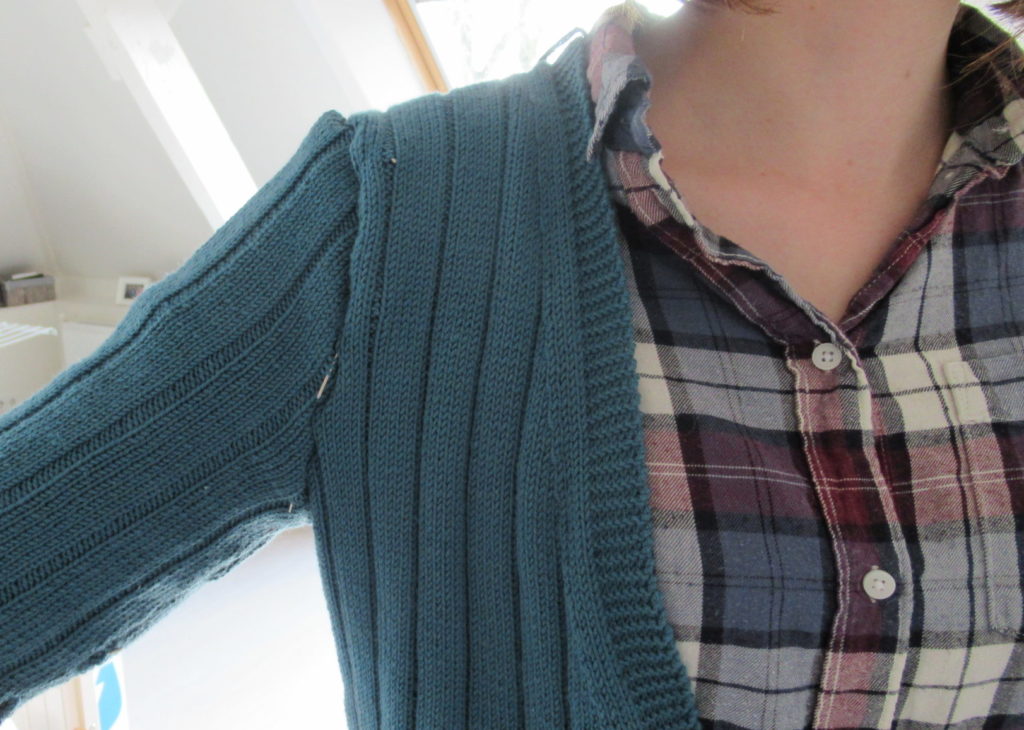
… it fits! Yay! Can you see the pins sticking out at the armhole? Now there’s just the ends to weave in, the seams to join and the buttons to sew on.
Well, that’s all for now. I wish you a lovely weekend. And if the weather is as spring-like in your part of the world as it is here, I hope you have plenty of time to enjoy it.
